Blog #108 Photography Quotes Part 3
Blog #108 Photography Quotes Part 3
In this week’s blog I will post a small collection of quotations from life and photography that I have collected since the last post of this type “Photography Quotes Part 2”. This will be the third in this particular series of photography related quotations as food for thought. Part 1 was in Blog #31 and Part 2 was in Blog #70 if you’re just catching up with my blog posts. Without further adieu, here it goes:
I went into photography because it seemed like the perfect vehicle for commenting on the madness of today's existence.
Robert Mapplethorpe
If a day goes by without my doing something related to photography, it’s as though I’ve neglected something essential to my existence, as though I had forgotten to wake up. Robert Mapplethorpe
Anybody can be a great photographer if they zoom in enough on what they love.
David Bailey
A Camera can serve as a passport to other lives and cultures but it also paradoxically stands between the photographer and the world. We’re not participating, we’re observing, We’re trying to be inconspicuous; we’re trying to be not there, but there.
So it’s a pretty lonely life.
Wayne Miller
Photography is a way of feeling, of touching, of loving. What you have caught on film is captured forever… It remembers little things, long after you have forgotten everything. Aaron Siskind
Style is very personal. It has nothing to do with fashion. Fashion is over quickly. Style is forever.
Ralph Lauren
Focus on what you can control.
Being smart is cooler than anything in the world.
Choose people who lift you up.
Find people who will make you better.
Remember who you always were, where you came from, who your parents were, how they raised you.
Success doesn't count unless you earn it fair and square.
Success is only meaningful and enjoyable if it feels like your own.
The one thing people can't take away from you is your education.
There are still many causes worth sacrificing for, so much history yet to be made.
When you're not engaged in the day-to-day struggles that everybody feels, you slowly start losing touch.
Whether you come from a council estate or a country estate, your success will be determined by your own confidence and fortitude.
Michele Obama
Black and White are the colours of photography. To me they symbolise the alternatives of hope and despair to which mankind is forever subjected.
Robert Frank
A good photograph is one that communicates a fact, touches the heart, and leaves the viewer a changed person for having seen it; it is in a word, effective.
Irving Penn
Photography is more than a medium for factual communication of ideas.
It’s a creative art.
Ansel Adams
Regard no practice as immutable. Change and be ready to change again. Accept no eternal verity. Experiment.
B.F. Skinner
Color is to the eye what music is to the ear.
Louis Comfort Tiffany
Behavior is a difficult subject matter, not because it is inaccessible, but because it is extremely complex. Since it is a process, rather than a thing, it cannot be easily be held still for observation. It is changing, fluid, evanescent, and for this reason it makes great technical demands upon the ingenuity and energy of the scientist.
B.F. Skinner
The most important thing is to tell a personal story. The most important aspect of any photographer’s work is their connection to the subject. If that connection is a wholesome, positive, exciting one, then work is going to inevitably speak to an audience. So that’s what documentary offers: an incredible opportunity to engage with an audience, to engage with the subject, and for that sense of commitment and excitement to shine through.
Martin Parr
The camera is an excuse to be someplace you otherwise don’t belong. It gives me both a point of connection and a point of separation.
Susan Meiselas
The light is always right.
jhg
*Images: © Jeremy H. Greenberg
Where: Ap Lei Chau Hong Kong
Subject: The Harbour School Photo Club @THS_PHOTO_CLUB
Gear: Leica Minlux + Agfa Vista Plus 400 35mm Colour Film
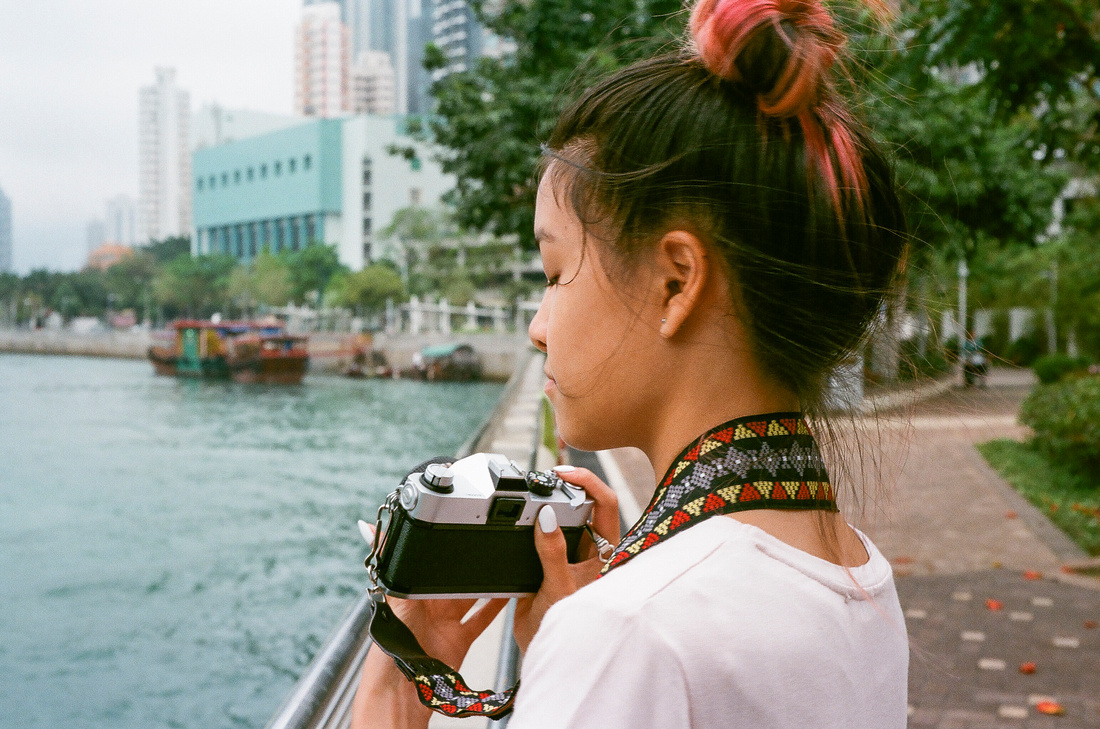

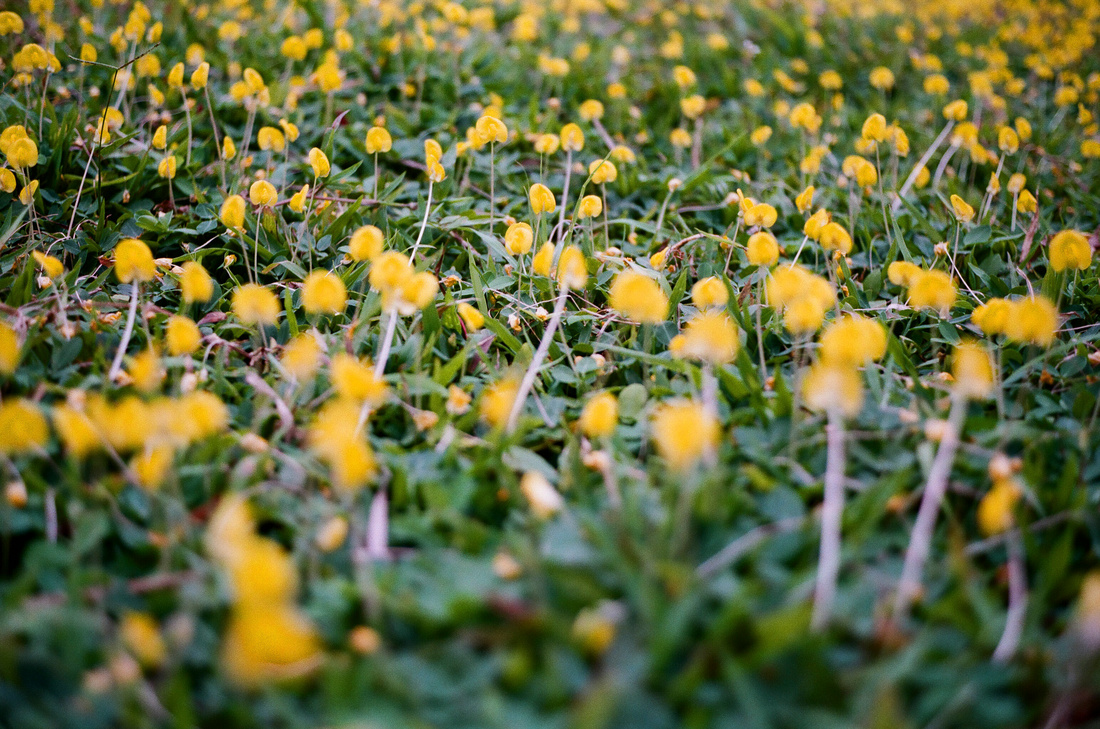

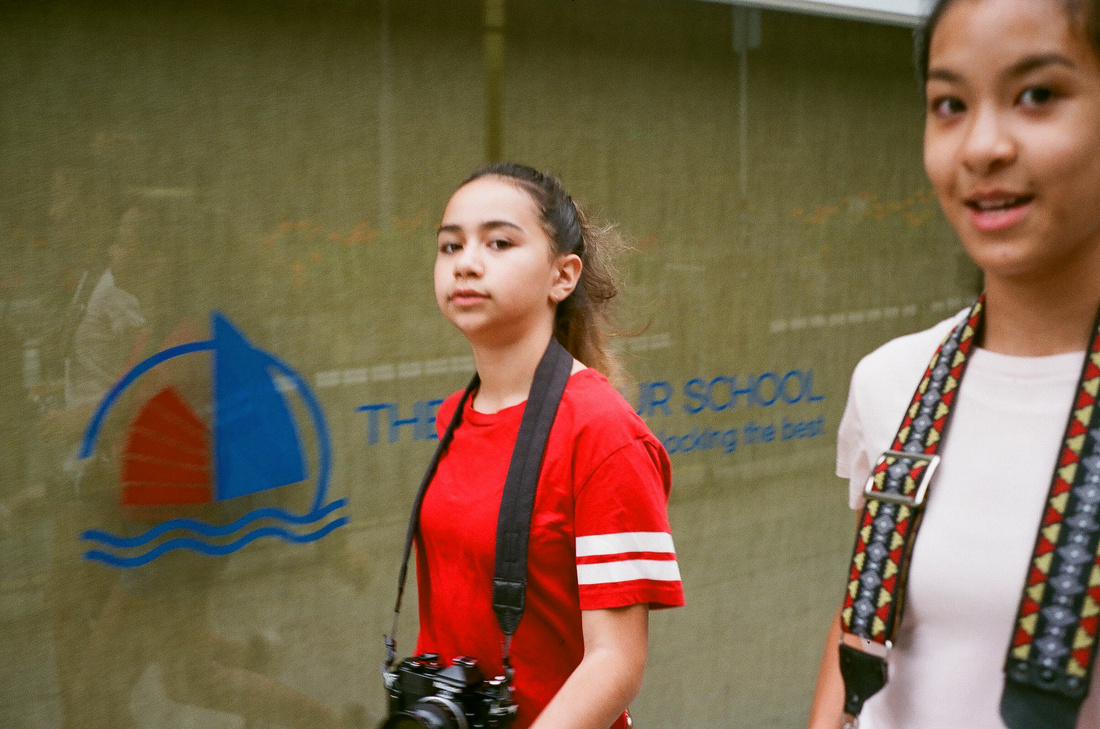

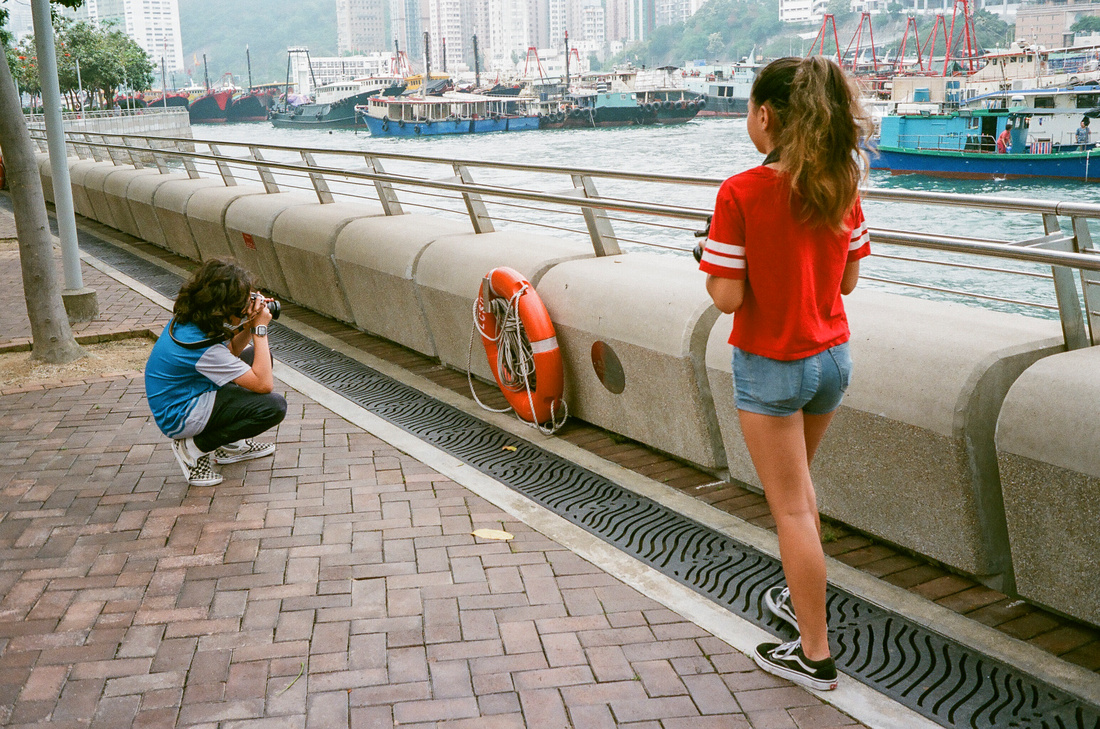

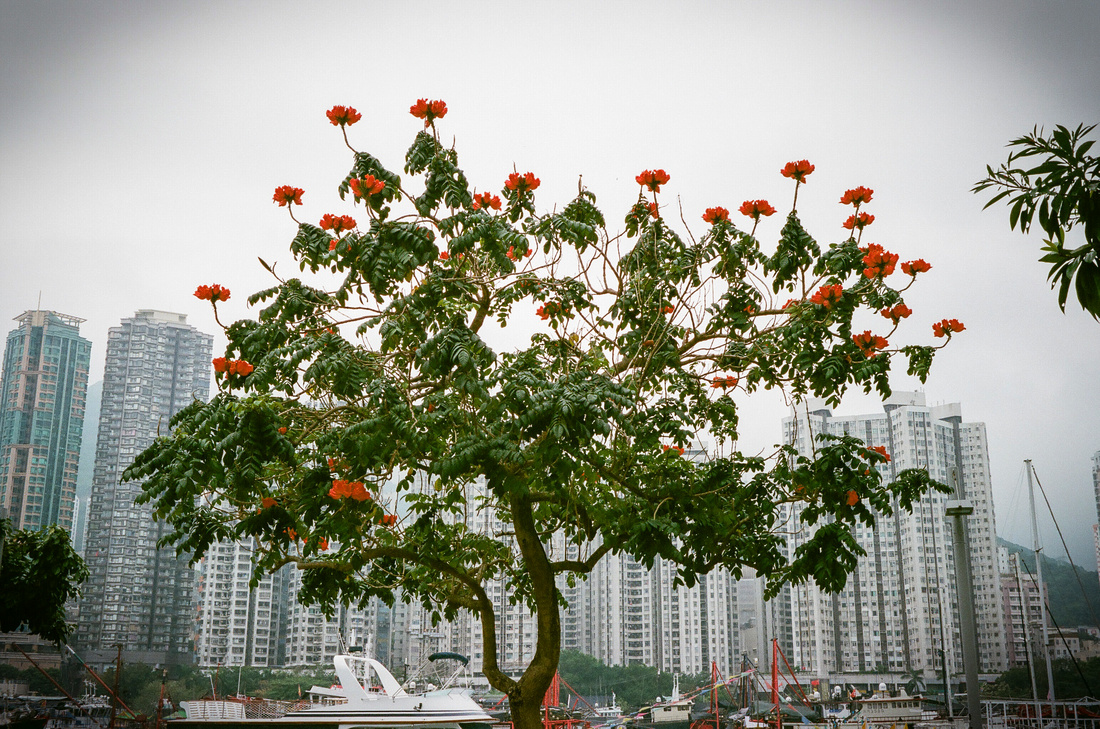

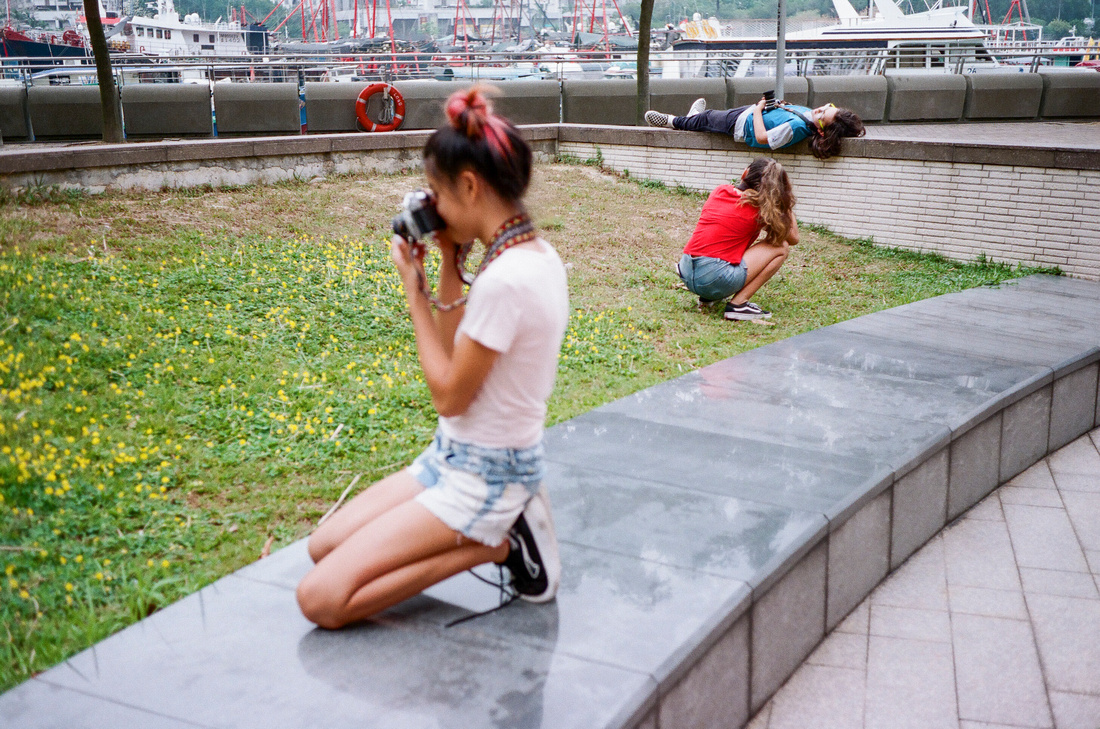



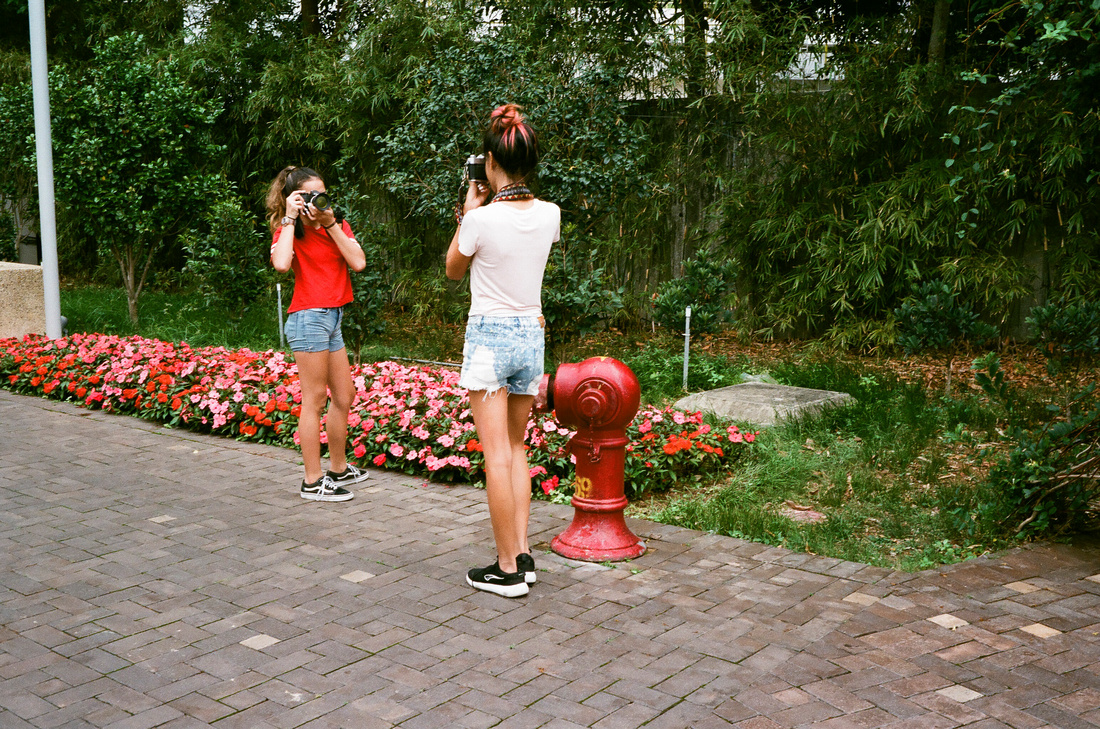

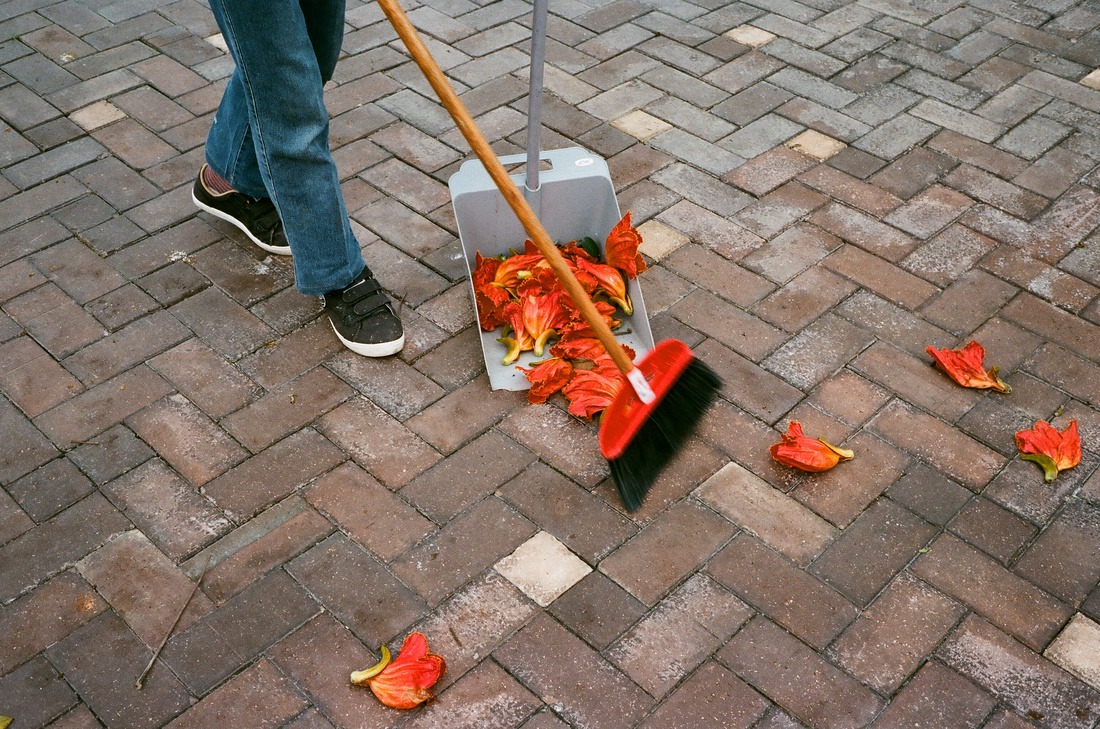



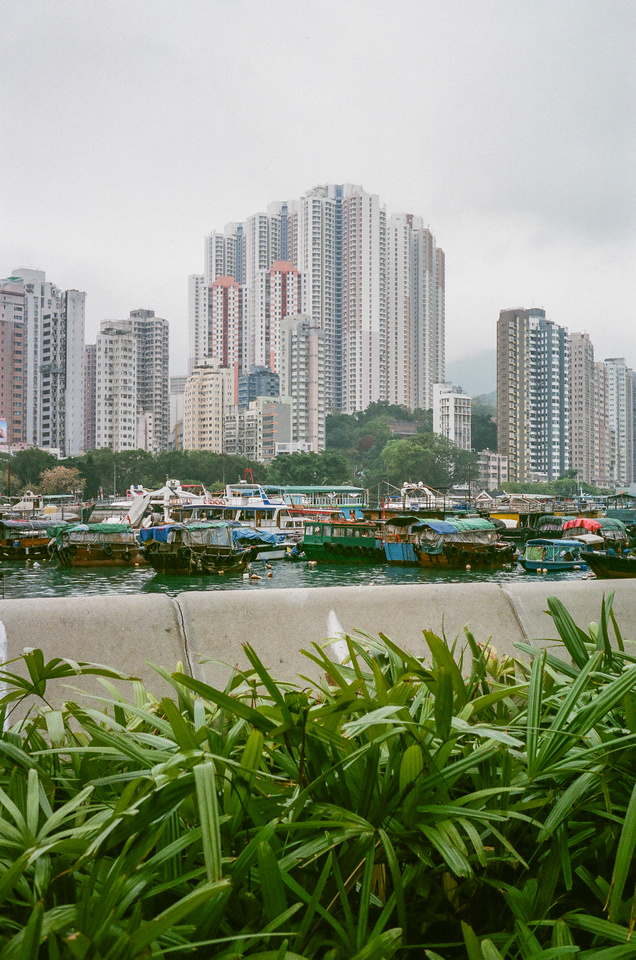

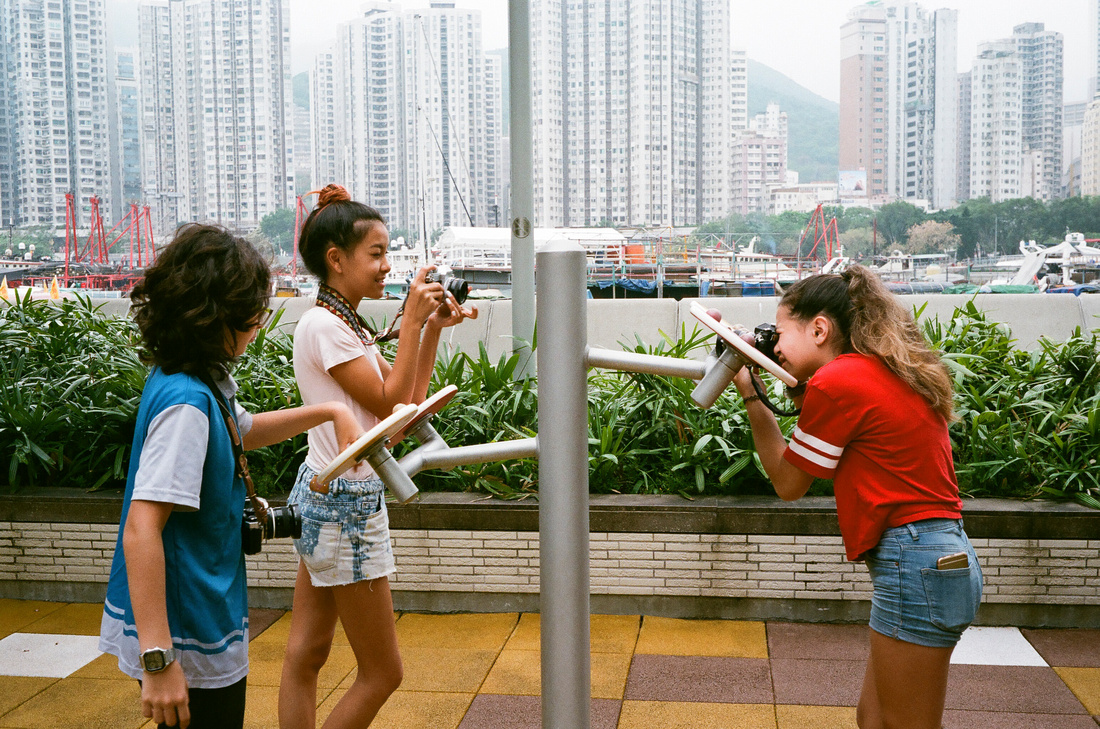

Casual Photophile Tip & Techniques No. 001 The Subject is the Subject
The Inspired Eye Photography Magazine Issue #40 (full interview)
Hong Kong Free Press: HKFP Lens
Blog #18 Criticizing Photographs or Beyond the “like”
Blog #25 Don’t Be Afraid of the Dark[room].
Blog #47 Composition, Composition, and More Composition
Blog #65 Summer is for Travel (Hanoi)
Blog #67 Risks, Rules, & Restrictions
Blog #68 Photography is a Gift
Blog #72 Living the Creative Life
Blog #90 Restrictions, Revisited
Blog #93 Photographic Technique
Blog #105 Signs, Signs, Everywhere a Sign
Blog #107 TAX!
Blog #107 TAX!
Hong Kong is the best city in the world to get around in. Public transportation is excellent. Massive double-decker busses, mini-busses, ferries to the outer islands and across Victoria Harbour, the immaculate and efficient MTR, and of course taxis are inexpensive, fast, safe, frequent, and relatively clean.
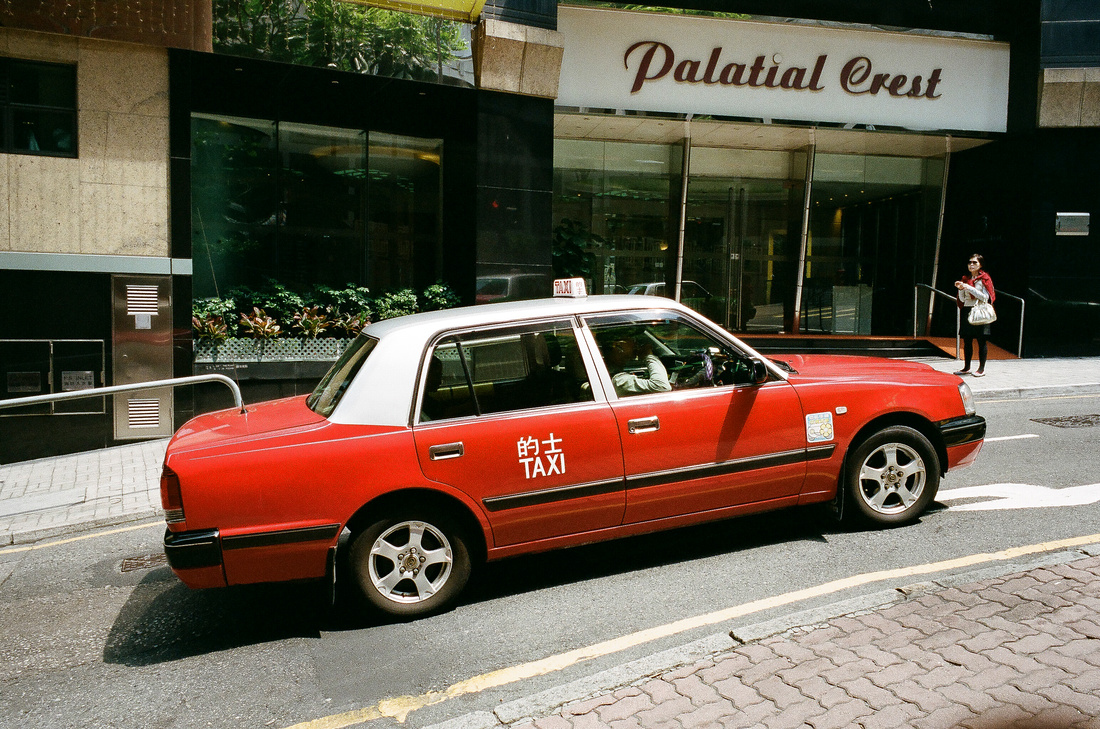

Given that there are 7 million people or more who live in this tiny territory, and only 5% own private cars, the transportation system needs to be spot on and it is! In the last eight years that I’ve lived here, the only time that I really miss having a car is on a Friday morning, in the pouring rain, when there are there are no taxis and I’m trying to get to work. Do you feel my pain? I know, I know, first world problems, I get it.
So the taxi is like your private car in Hong Kong. Red ones travel around Hong Kong Island and Kowloon side, green are in the New Territories far north and blue are on Lantau Island only where the airport is.
Hong Kong uses Toyota Crown Comfort models almost exclusively. It’s a late 1980s semi-boxy no-frills sedan type design. Frankly, I’m convinced that Toyota copied the VW Jetta Mark II (1984-1992) . Anyway the red body and silver topped four-door sedan (saloon) is an icon. It’s impossible not to take photos of Hong Kong taxis. The red colour shows up great on color film as well.
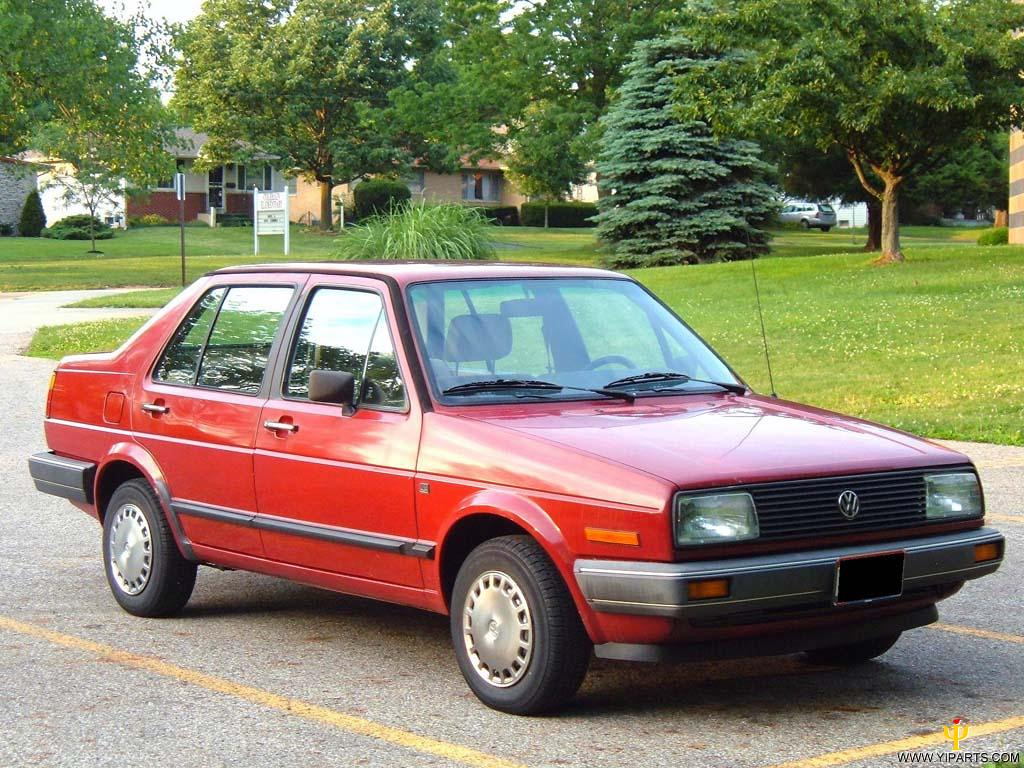

In this week’s blog post, I offer a selection of Hong Kong Taxi images for your visual enjoyment. It’s an Ode To The Taxi that we all know and love, and take for granted. Vroom Vroom…
The light is always right.
jhg
*Images: © Jeremy H. Greenberg
Where: Hong Kong
Subject: Hong Kong Red Taxi Series
Gear: Mostly Fujifilm X-Series Mirrorless Digital Cameras and 28mm, 35mm, or 50mm lenses
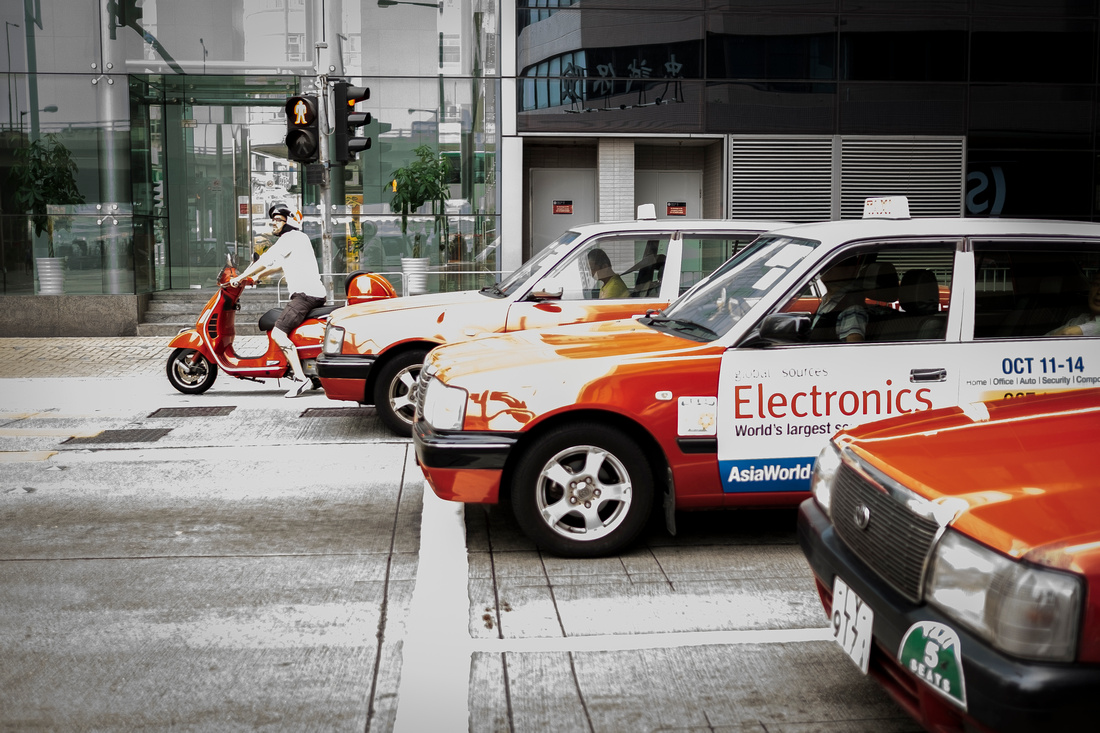

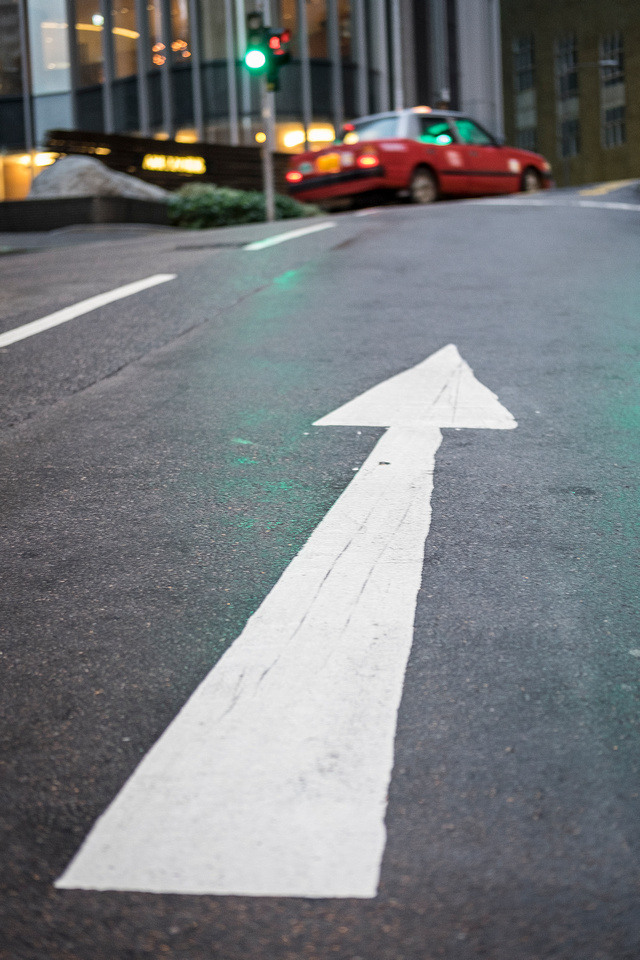



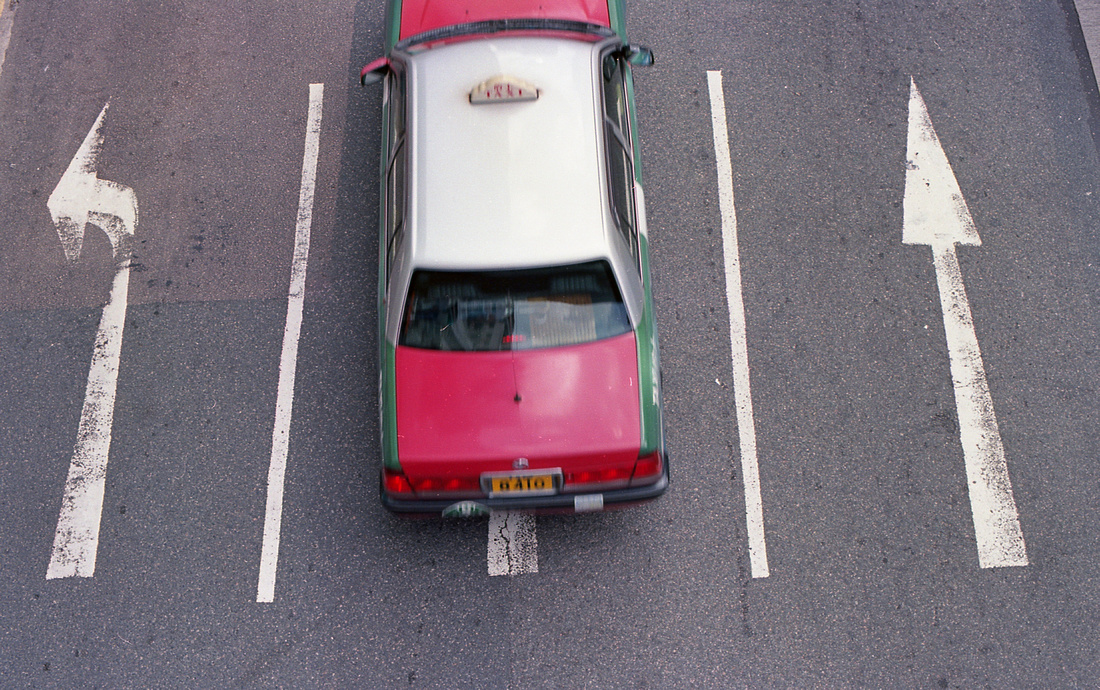

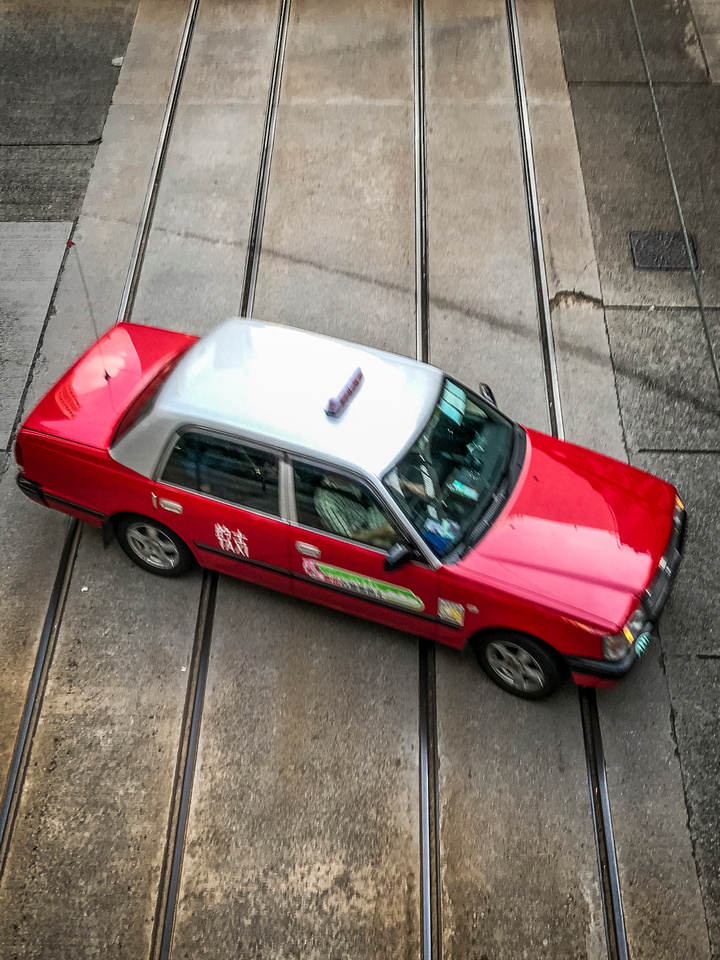



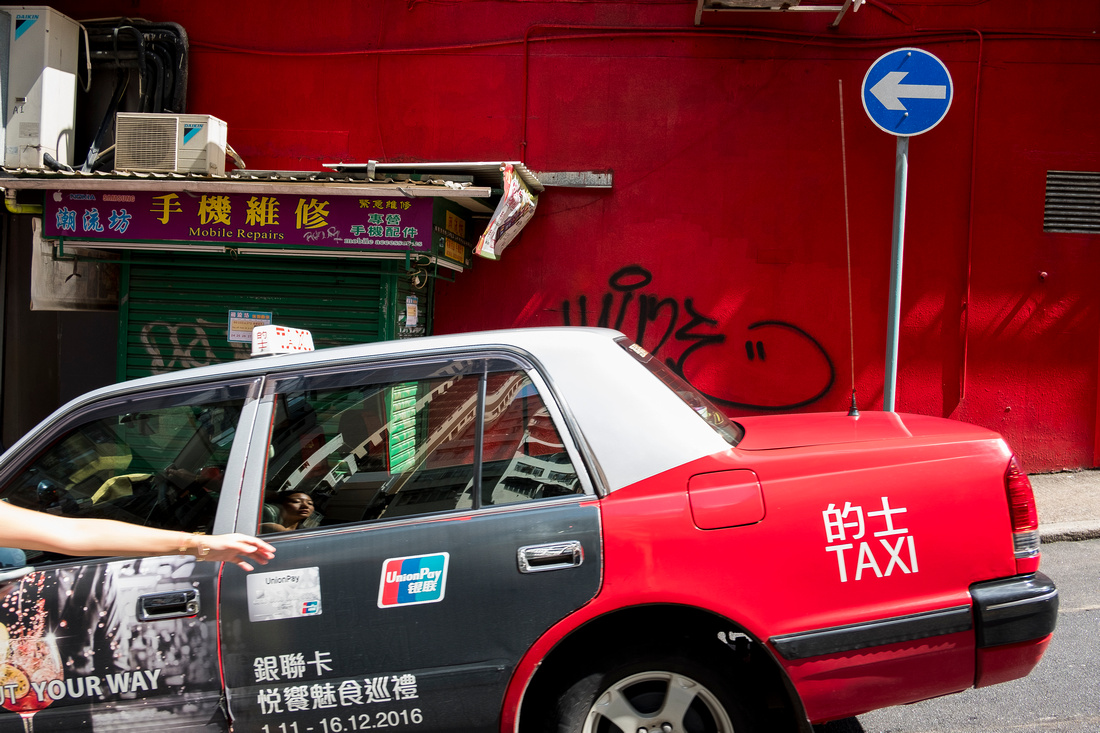

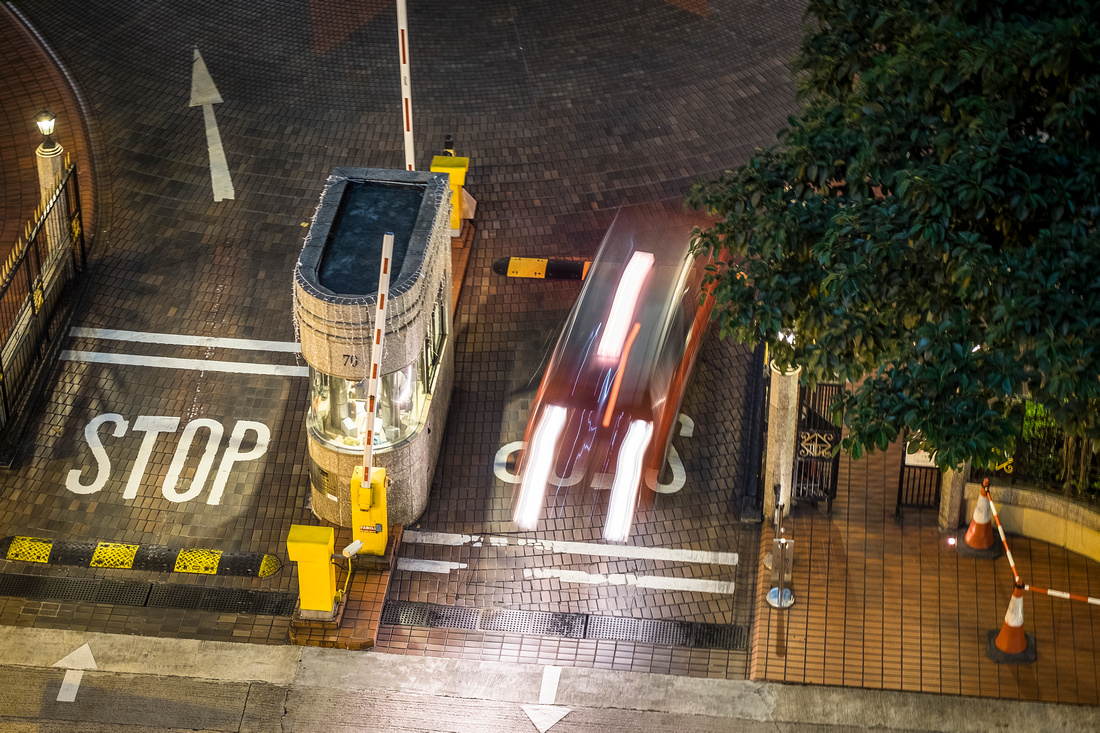

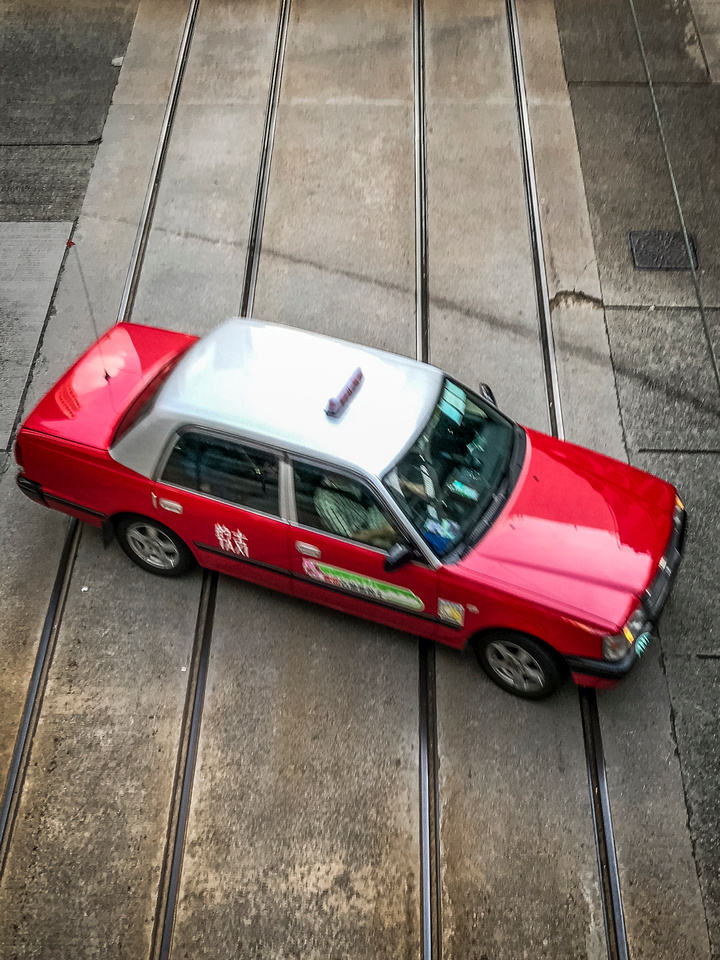

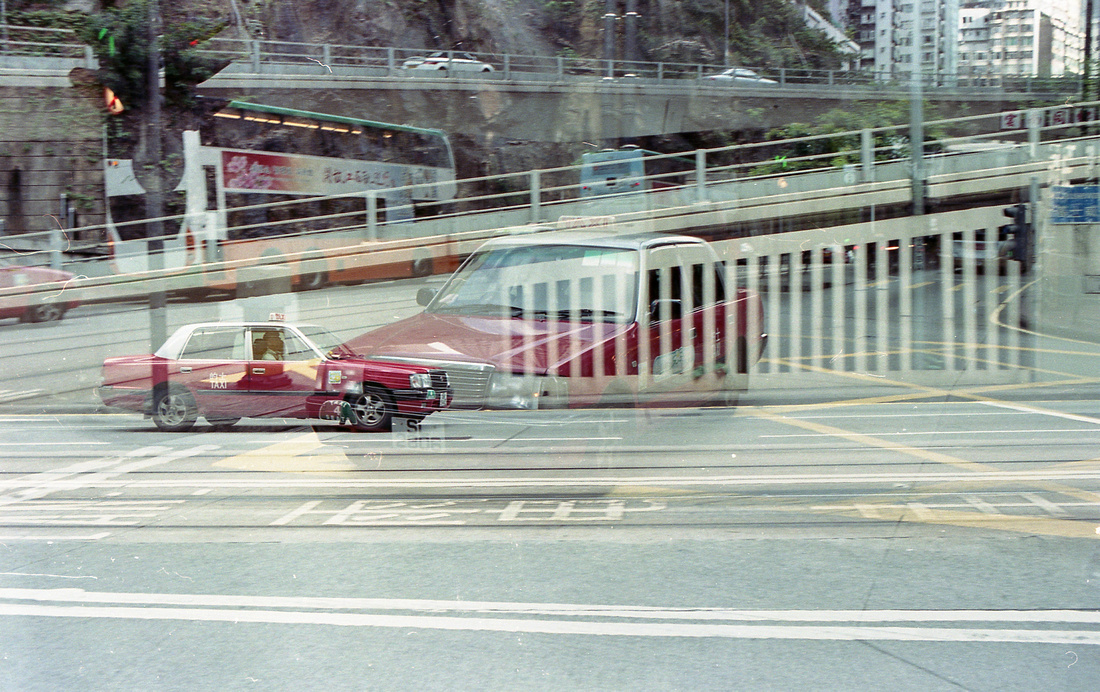



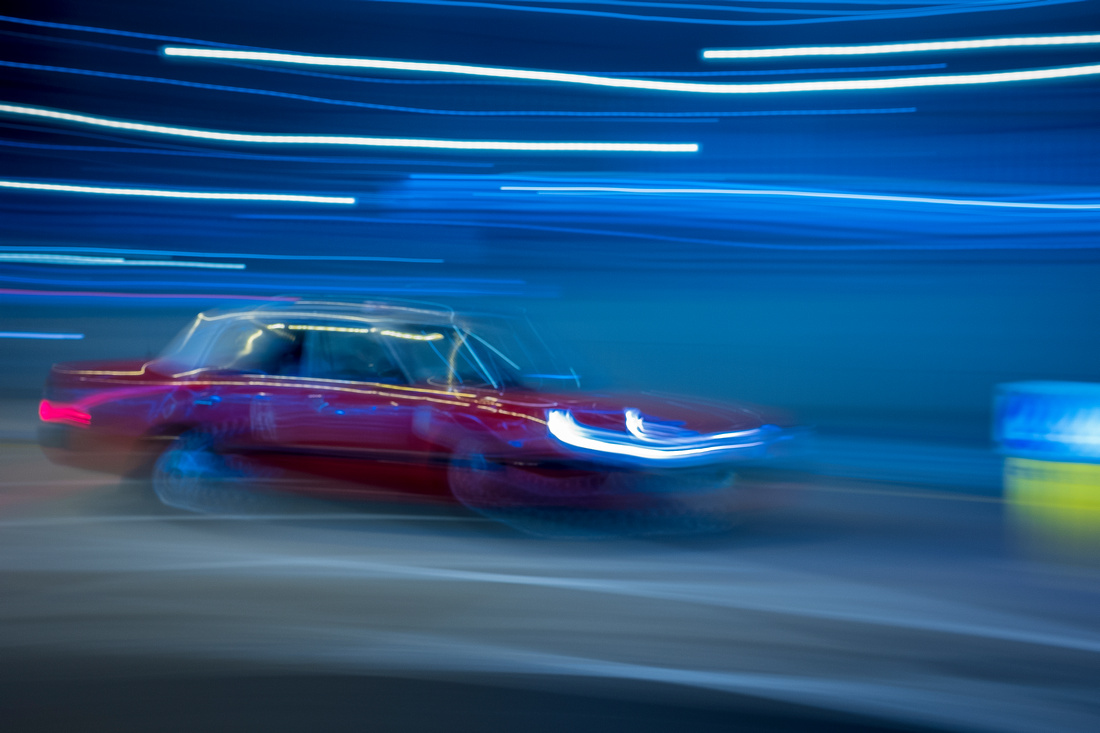

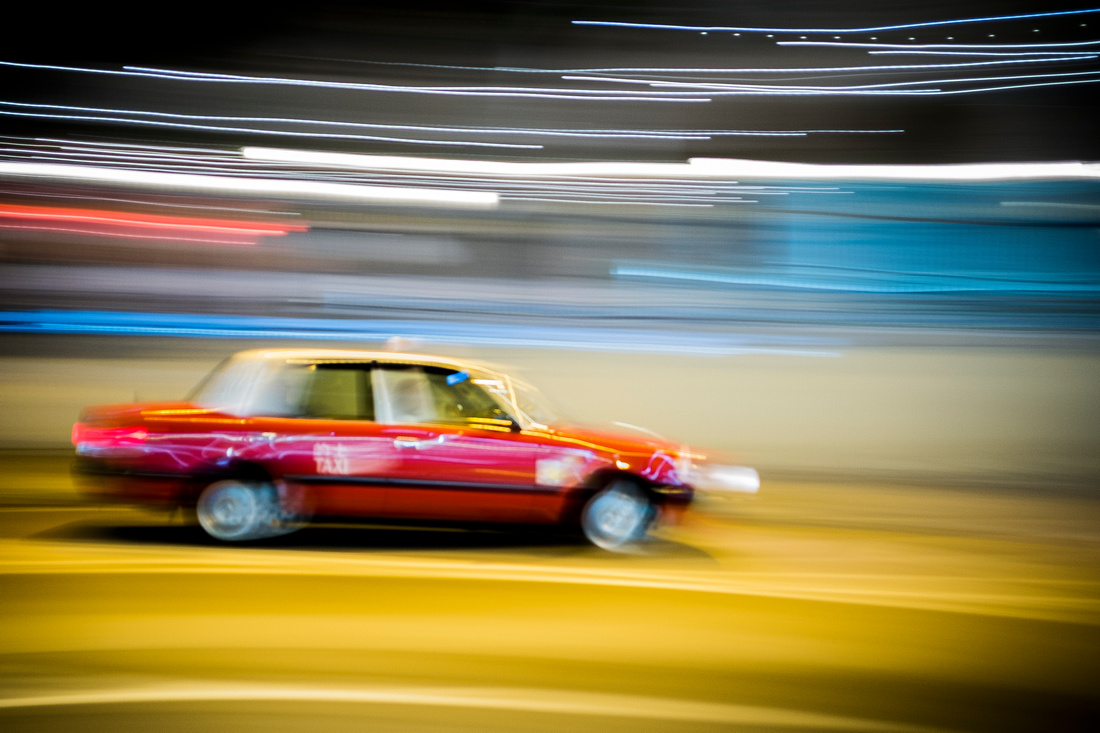

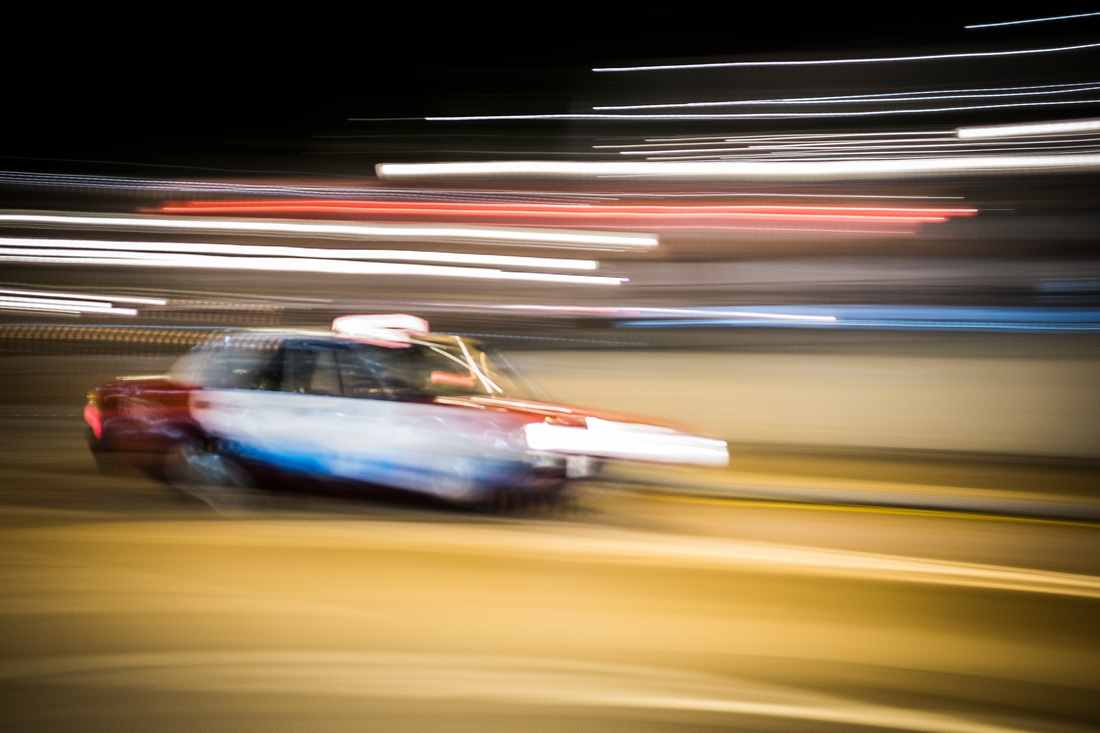

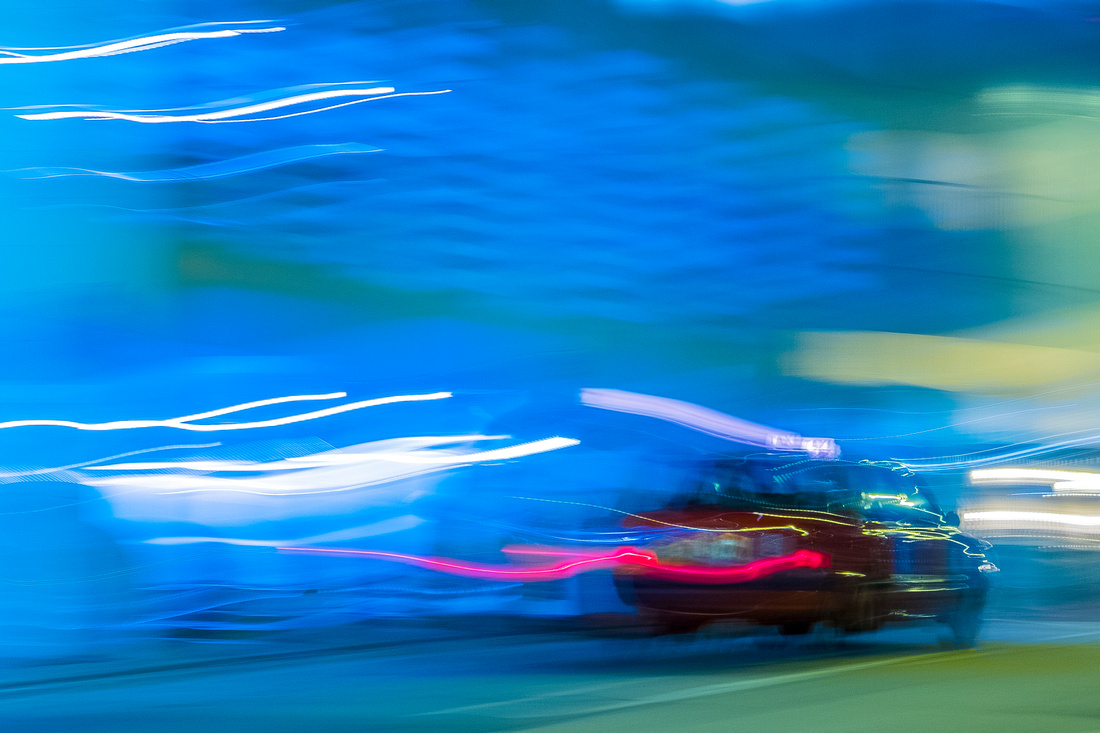

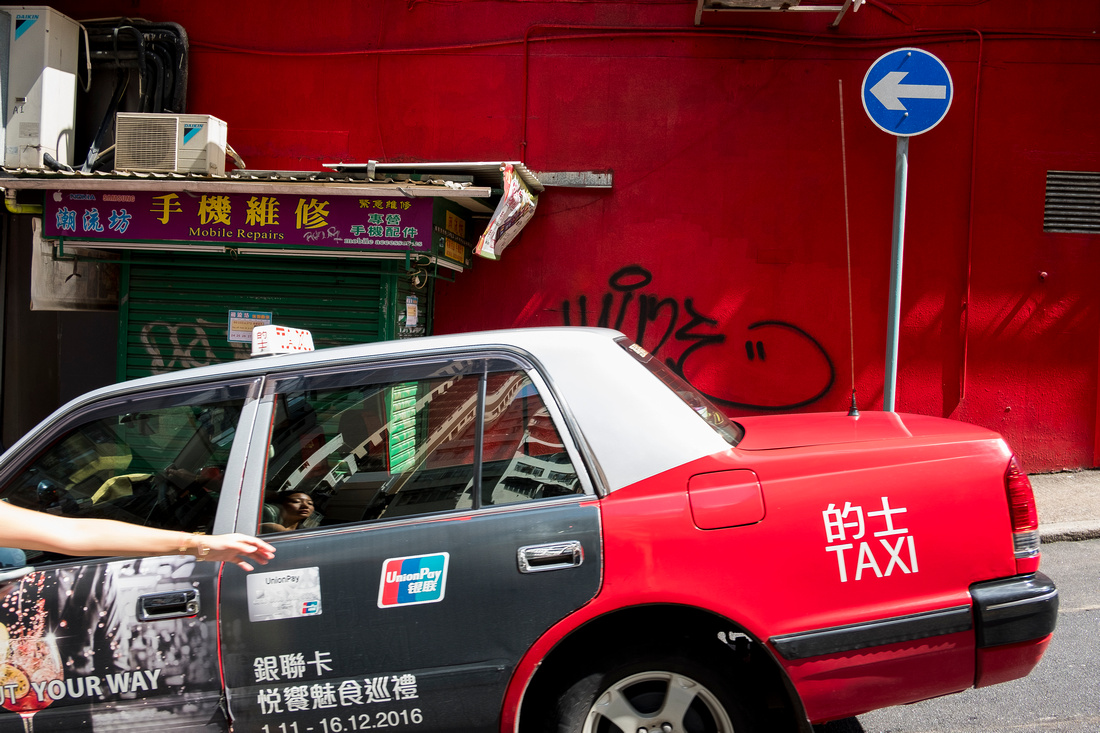

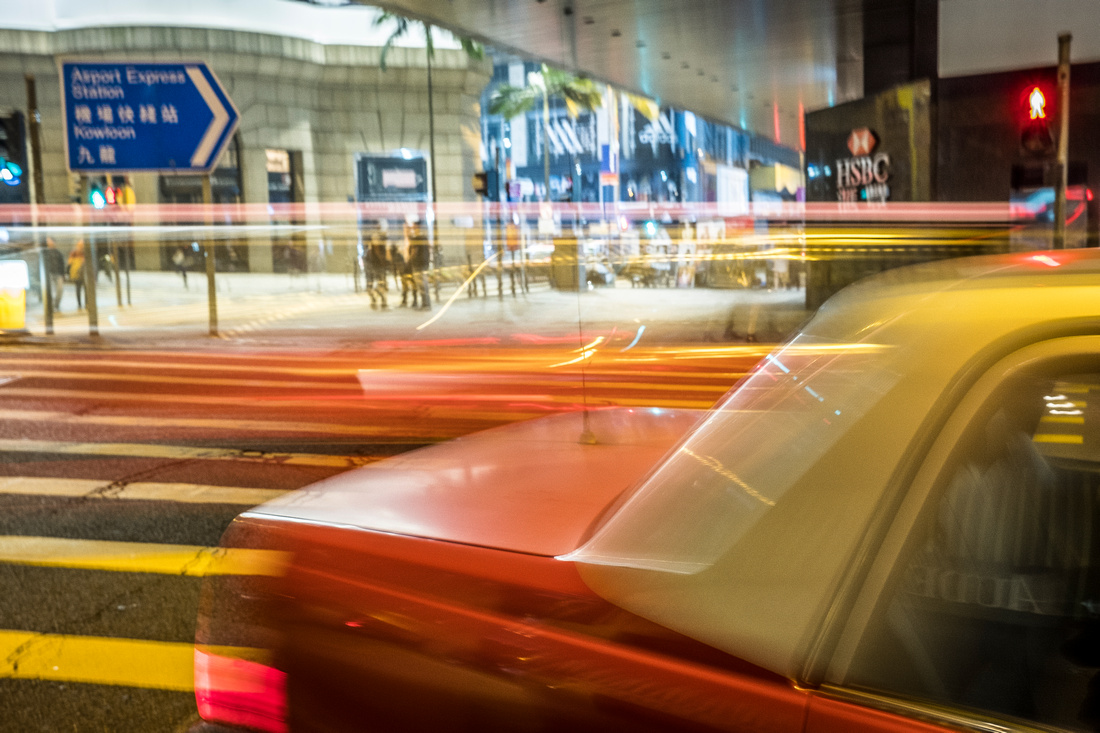

Casual Photophile Tip & Techniques No. 001 The Subject is the Subject
The Inspired Eye Photography Magazine Issue #40 (full interview)
Hong Kong Free Press: HKFP Lens
Blog #18 Criticizing Photographs or Beyond the “like”
Blog #25 Don’t Be Afraid of the Dark[room].
Blog #47 Composition, Composition, and More Composition
Blog #65 Summer is for Travel (Hanoi)
Blog #67 Risks, Rules, & Restrictions
Blog #68 Photography is a Gift
Blog #72 Living the Creative Life
Blog #90 Restrictions, Revisited
Blog #93 Photographic Technique
Blog #105 Signs, Signs, Everywhere a Sign
Blog #106 The Shadow Side
Blog #106 The Shadow Side
In my last blog post, I confessed my obsession with series. These are mere collections of images that have the same subject but otherwise vary in all other ways. They may not be tied to a colour, place, style, medium, or anything else for that matter. Film, digital, it doesn’t matter. I just like making pictures of signs as I illustrated in my last post Blog #105.


There is a method to my madness, as they say. These simple assignments force creativity and a fresh POV. To keep myself interested I make images of the same subject but never in the same way. I vary something, anything, everything, but keep the subject constant. That’s my simple method. It sounds easy but its not so easy in practice.
Shadows are one of my series that I will share a bit here. I love the sharp and high contrast that is characteristic of shadows. Shadows can be of anything such as a tree, a person, a car, a building, or whatever. You just need a strong enough light source and the proper angle to make a shadow. Making images of shadows is a study in line and shape. It’s really a means to an end, rather than a project or end unto itself. Some artists are successful sharing their series as a series or stand-alone work. That can work for some and more power to them.
If you are starting to make series at this point in your photography I suggest having no more than 10. You will inevitably lose interest in a few of these over time and the result will be a core set of about five or so series that you will continue over the course of a year or longer. When you tire of one, file it, and replace it. You might dig up an old series, dust it off, and take a stroll down memory lane or even add an image or two from time to time.
Think of series as your artist sketch book. Who knows maybe some great body of work will emerge someday. All great journeys start with one step said the great Chinese philosopher Lao Zi. Begin yours today!
The light is always right.
jhg
*Images: © Jeremy H. Greenberg
Where: Hong Kong
Subject: Shadow Series
Gear: A variety of light-proof boxes. Let’s face it, who gives a shit?
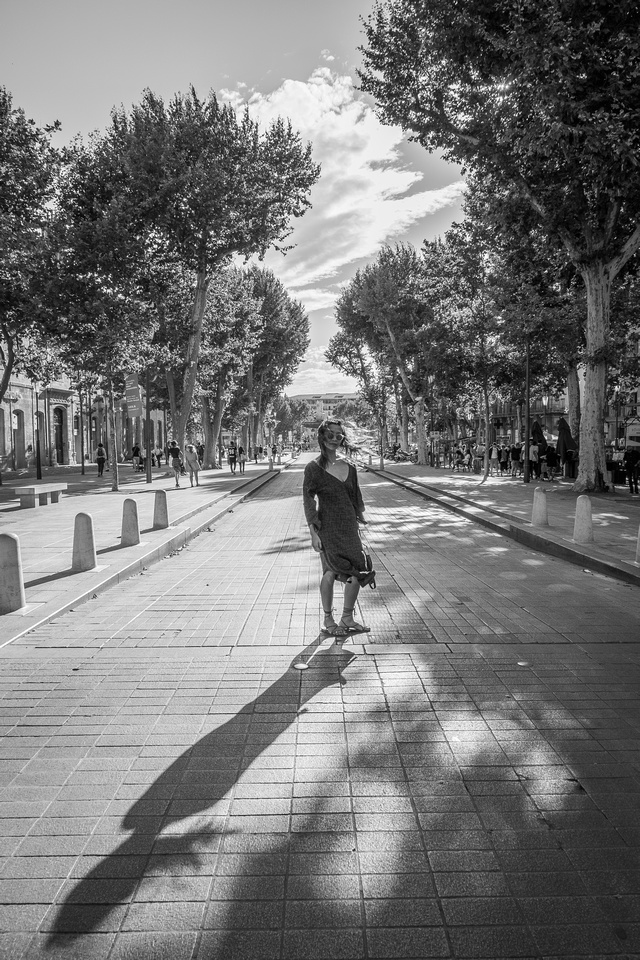

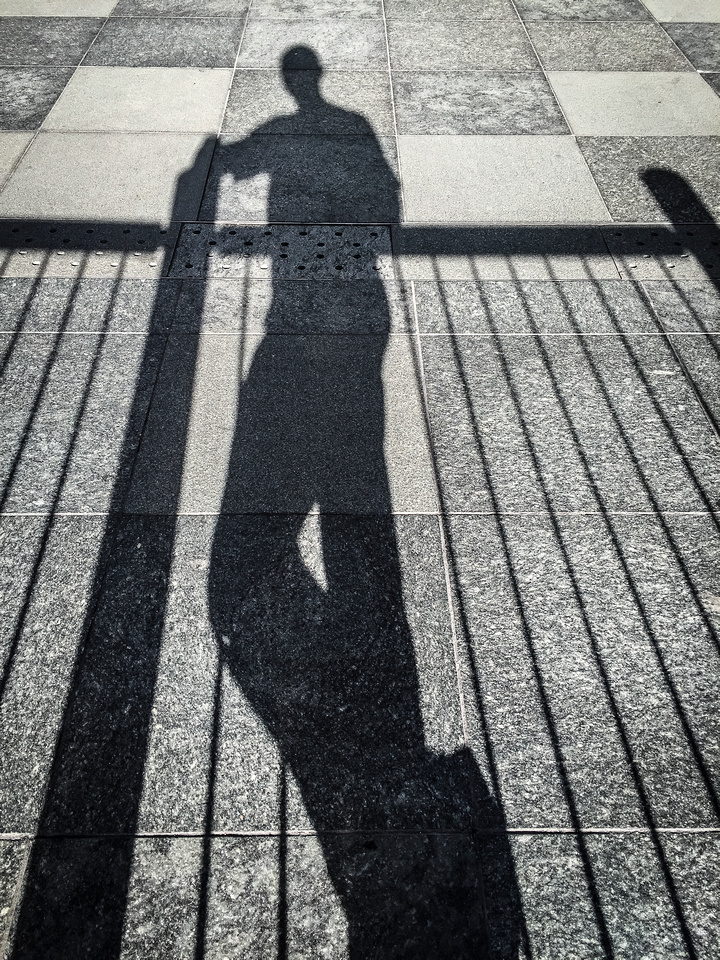

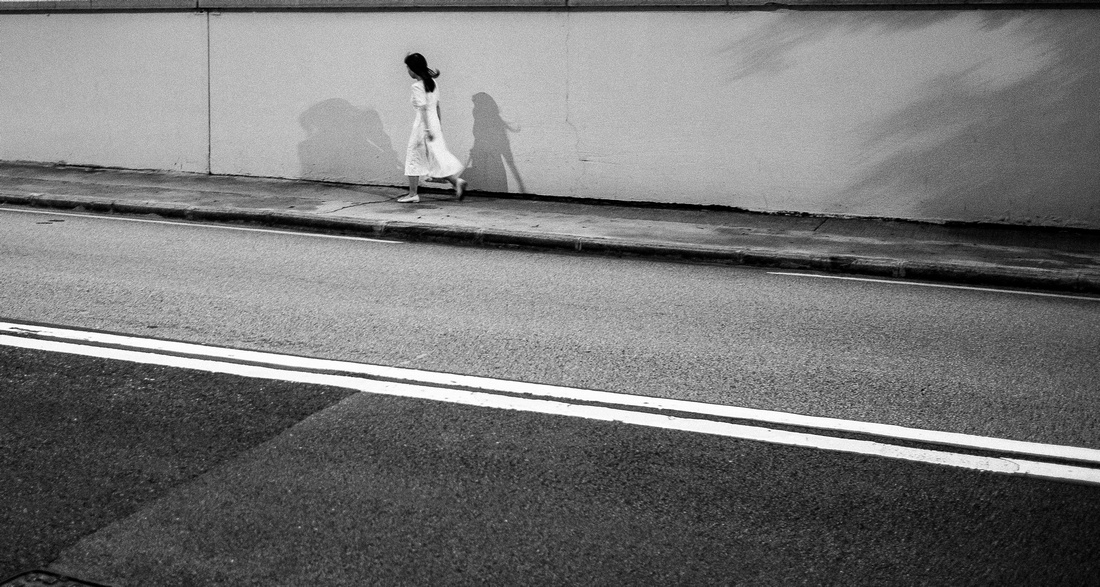

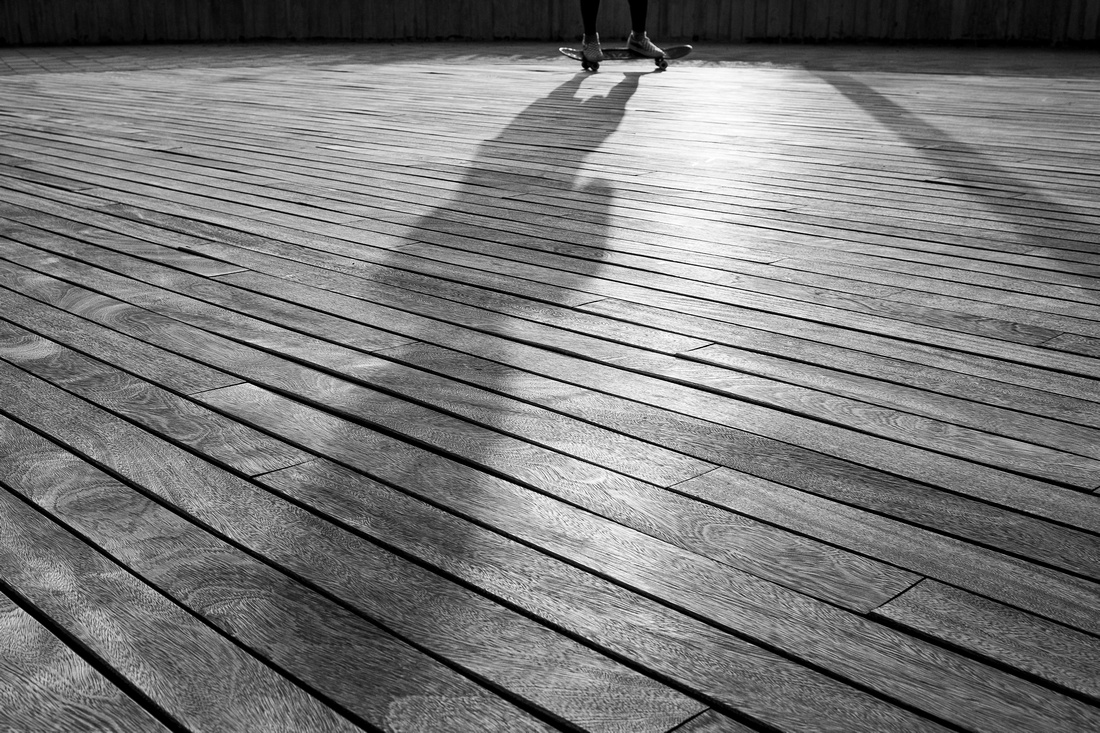

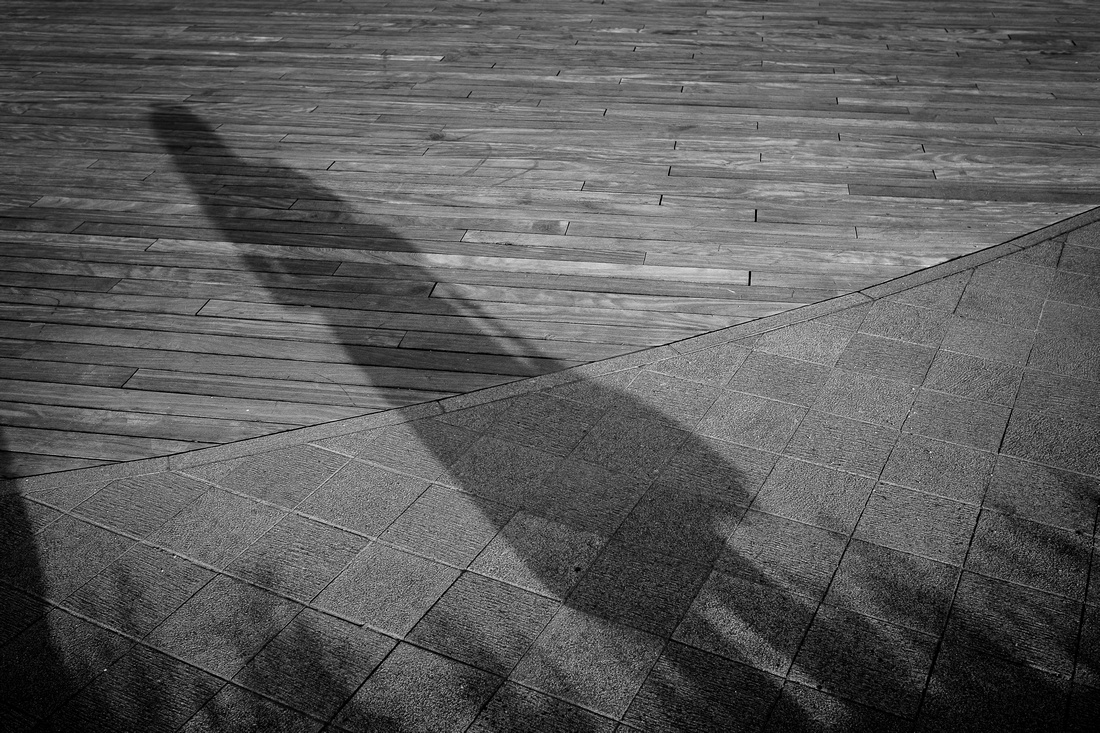

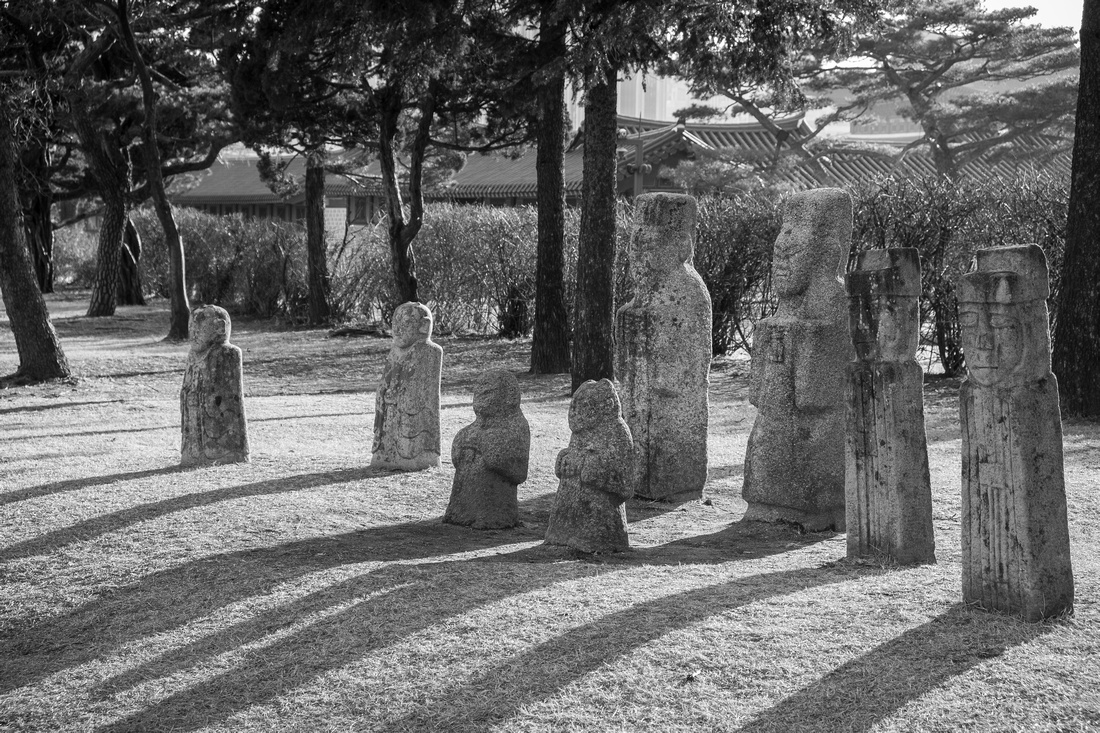

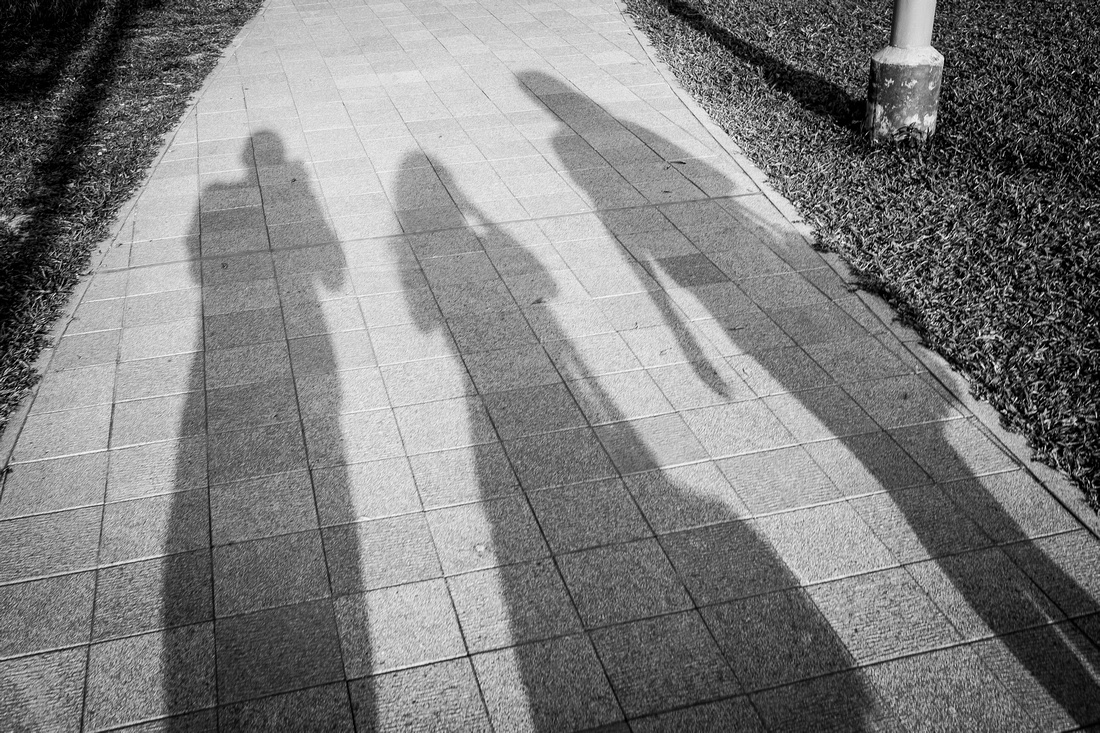

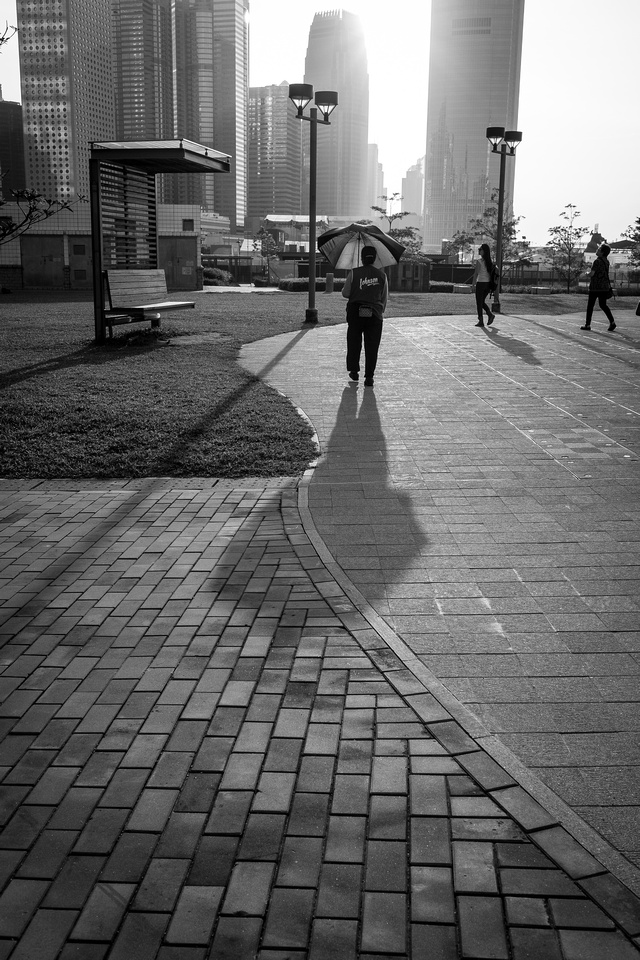

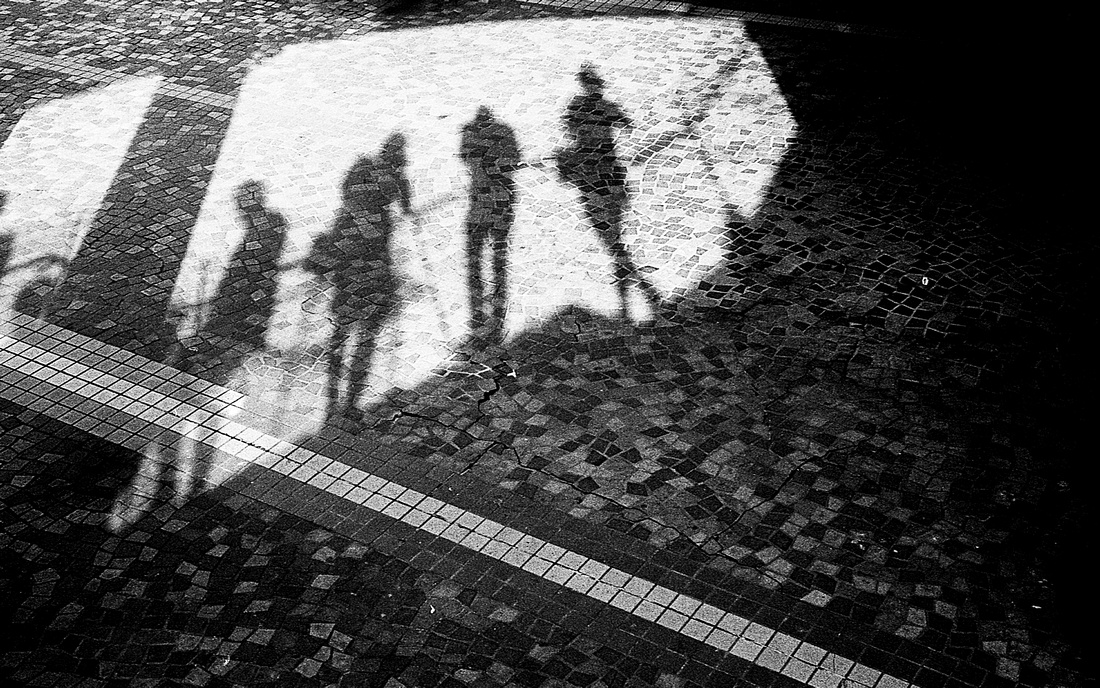

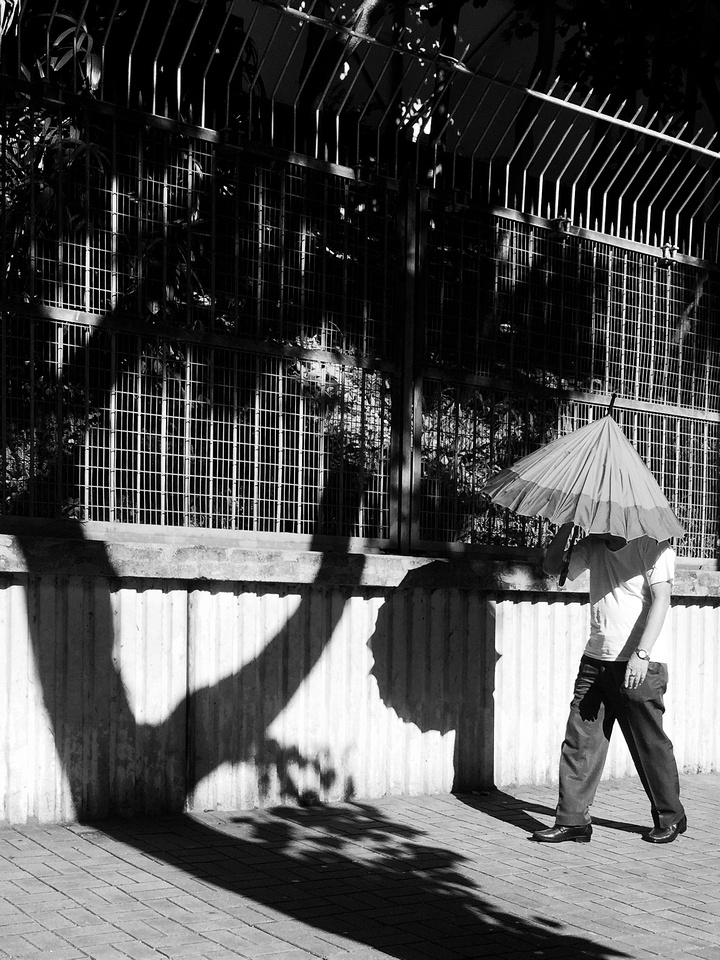

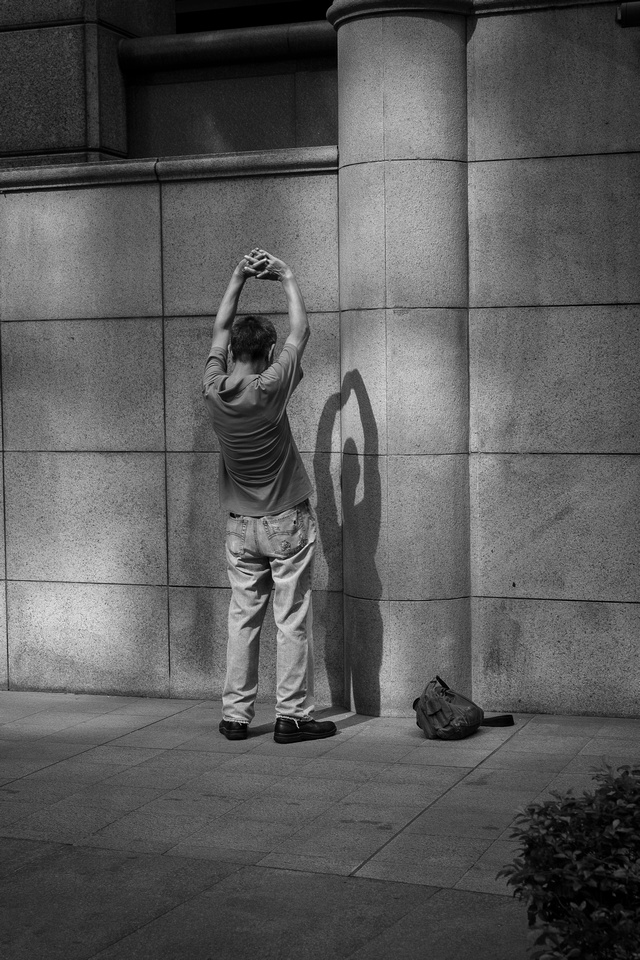

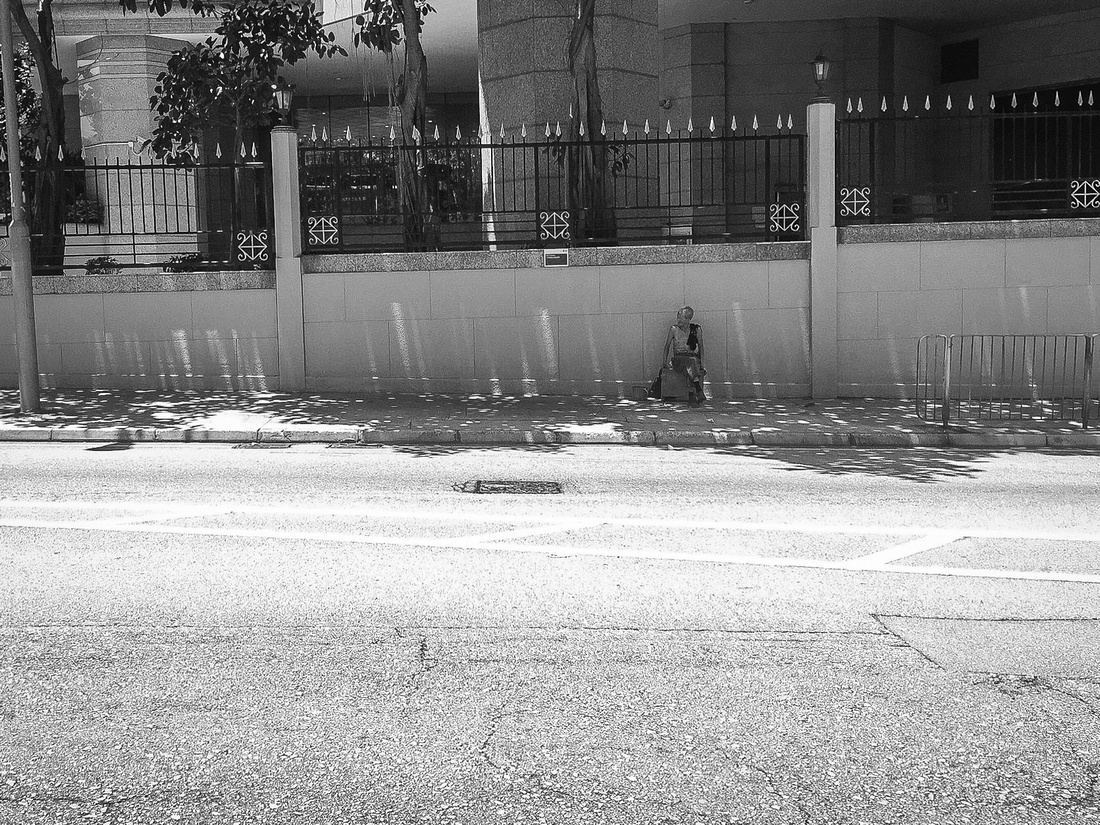

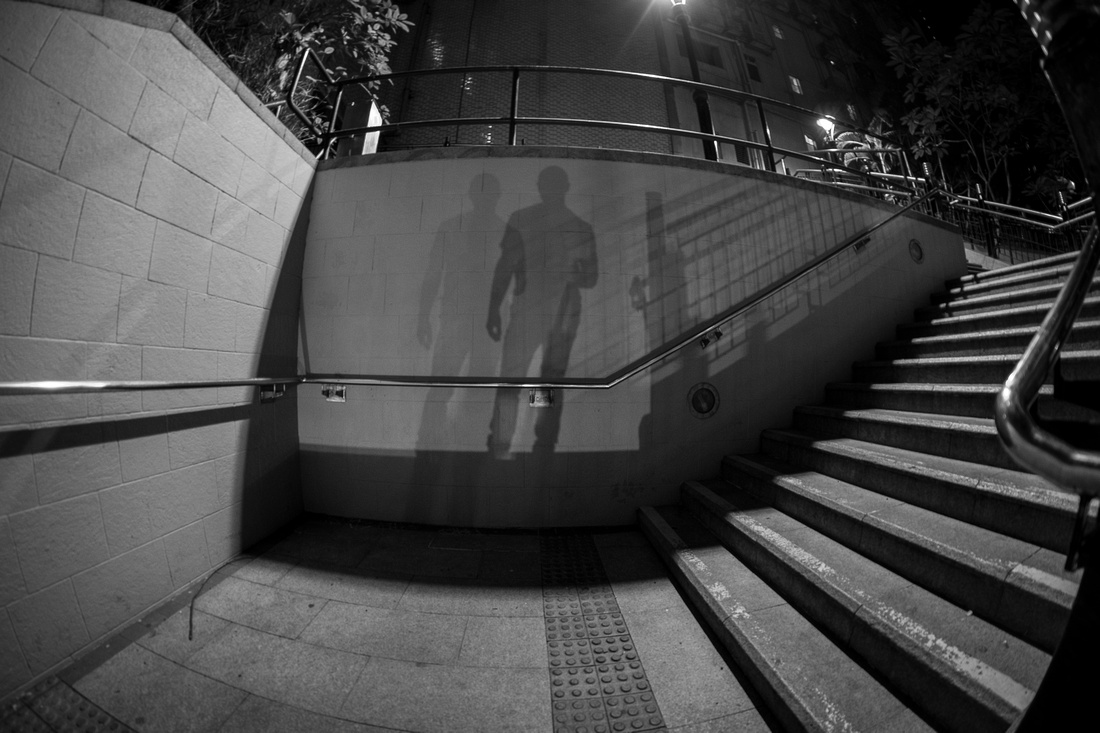

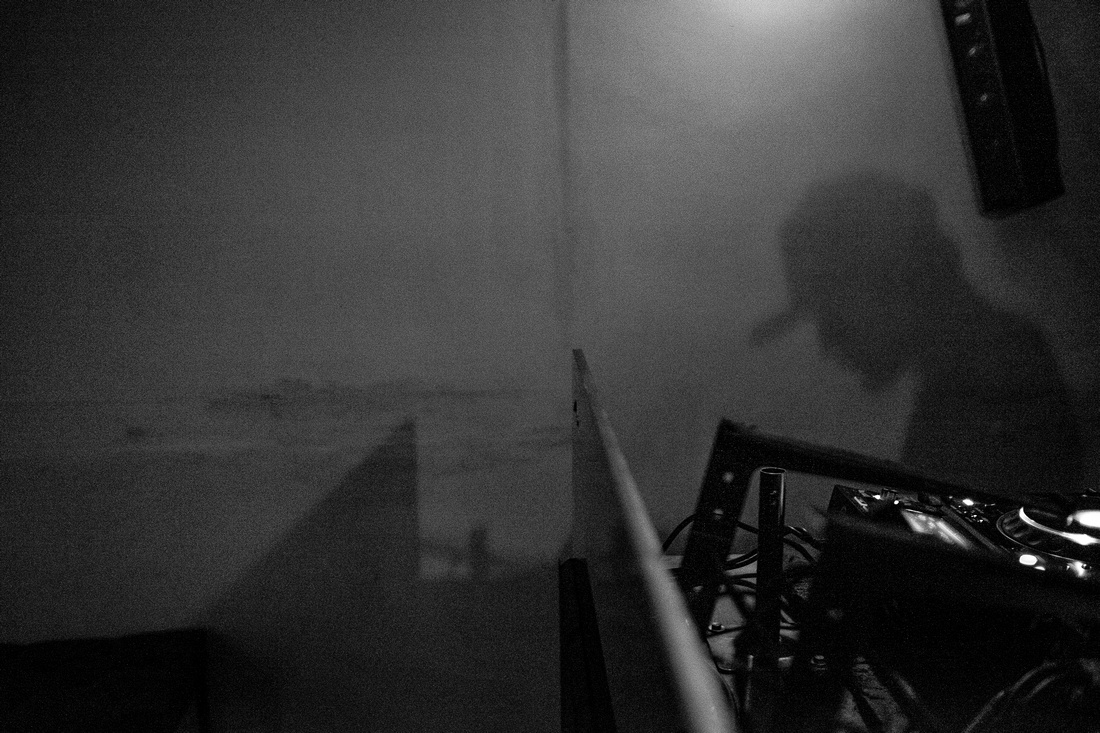

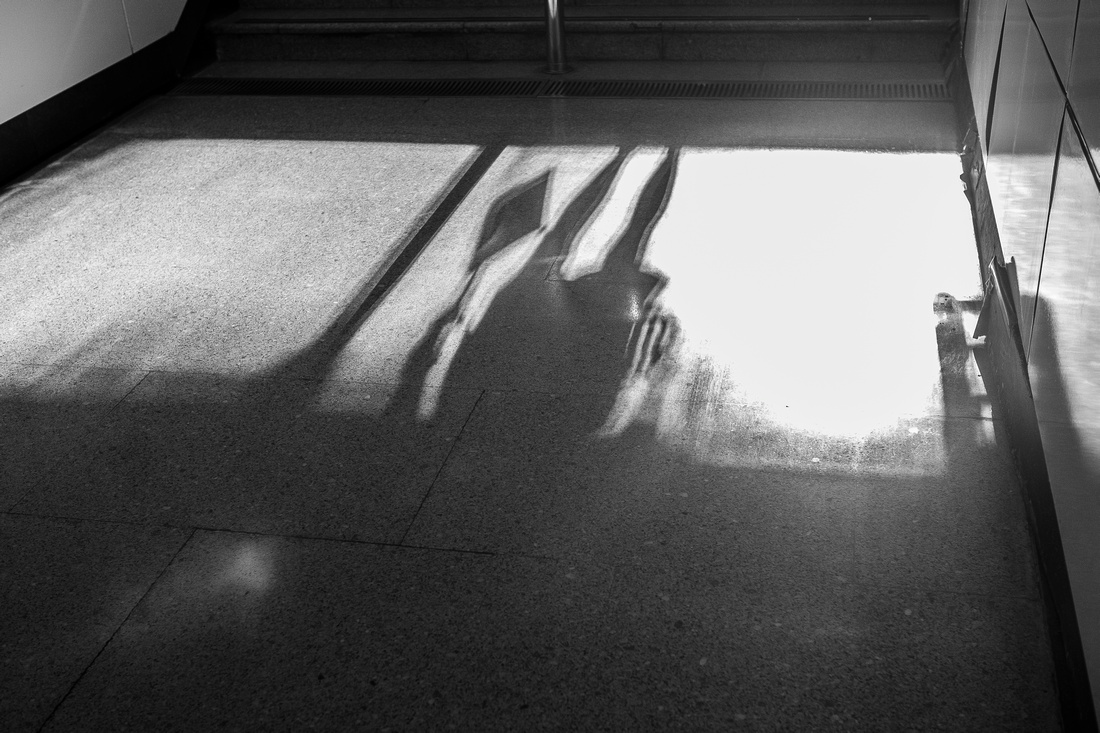

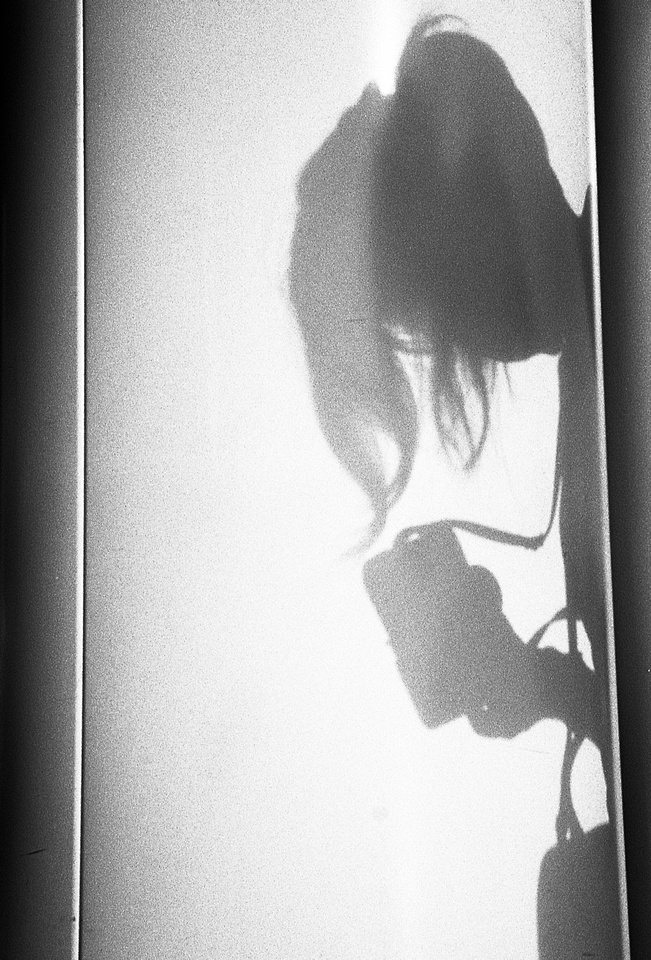

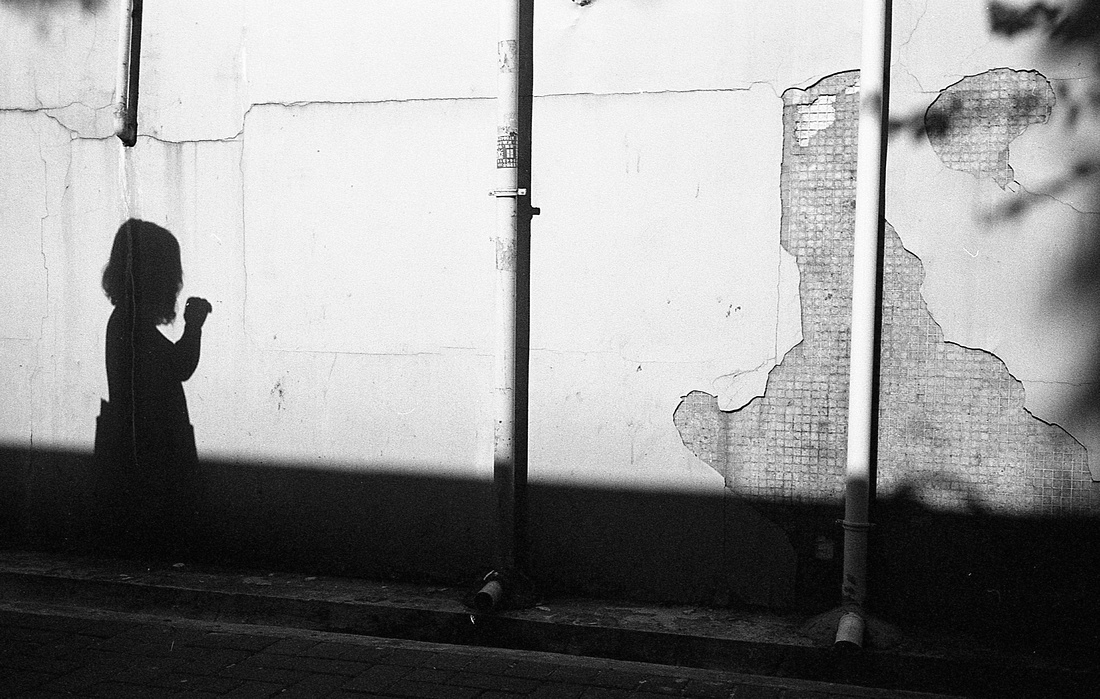

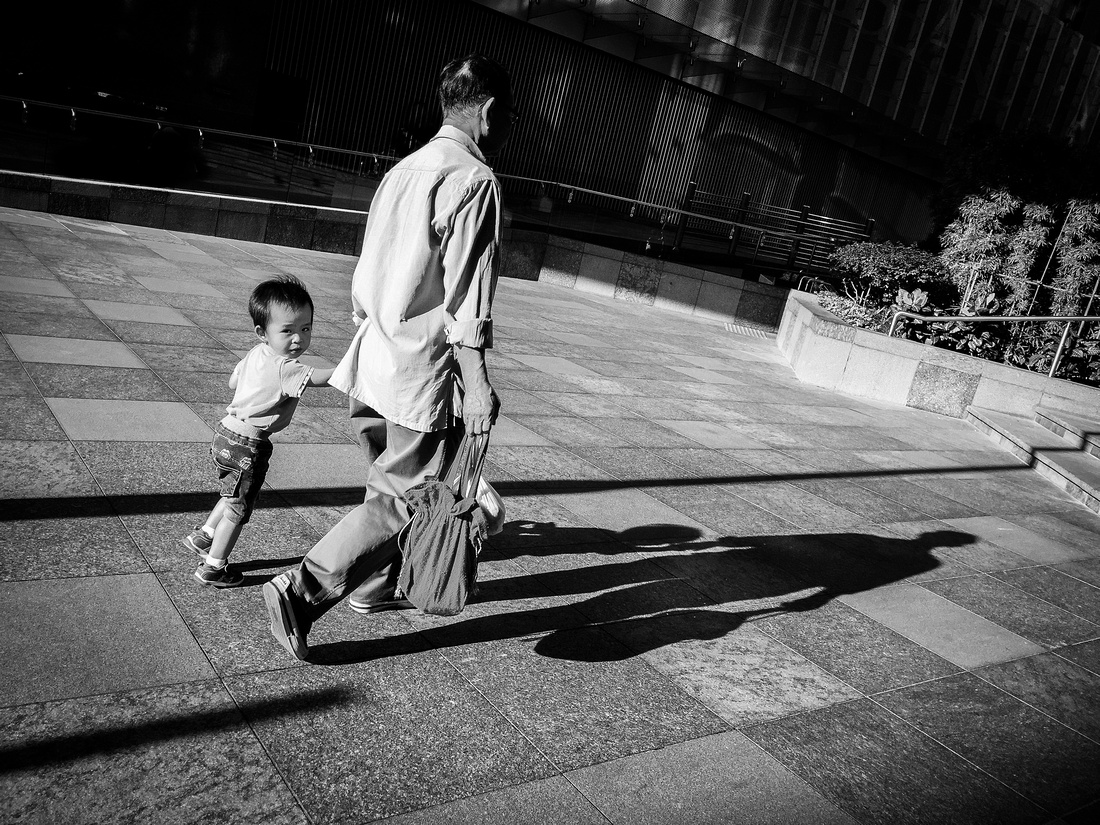

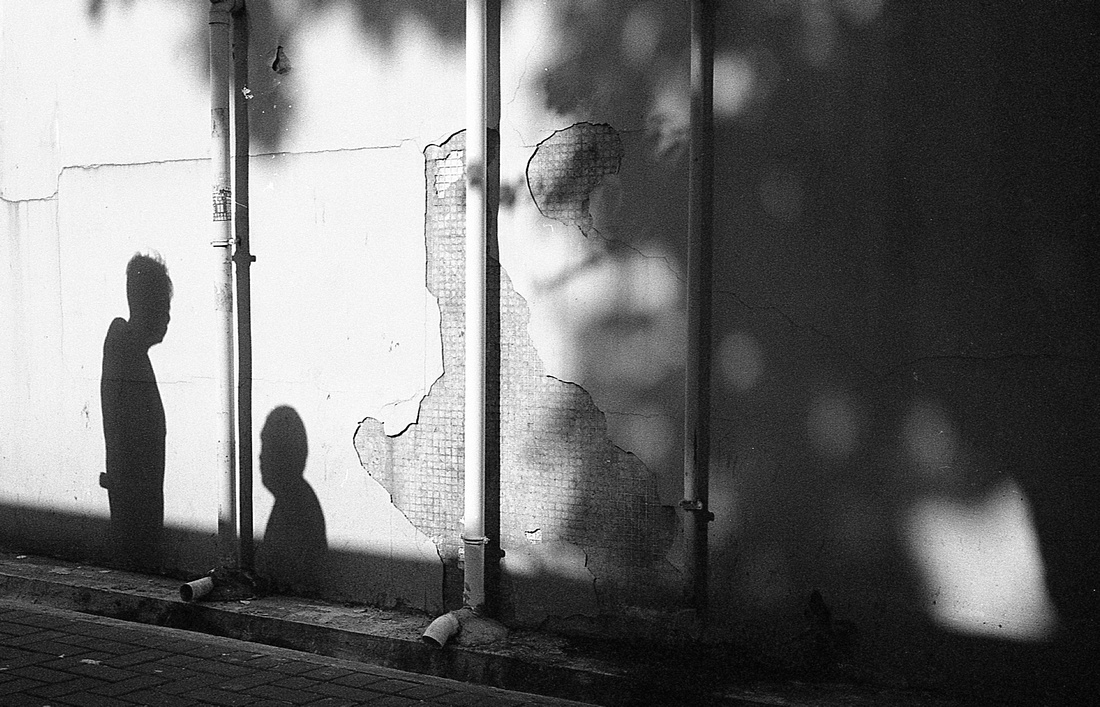

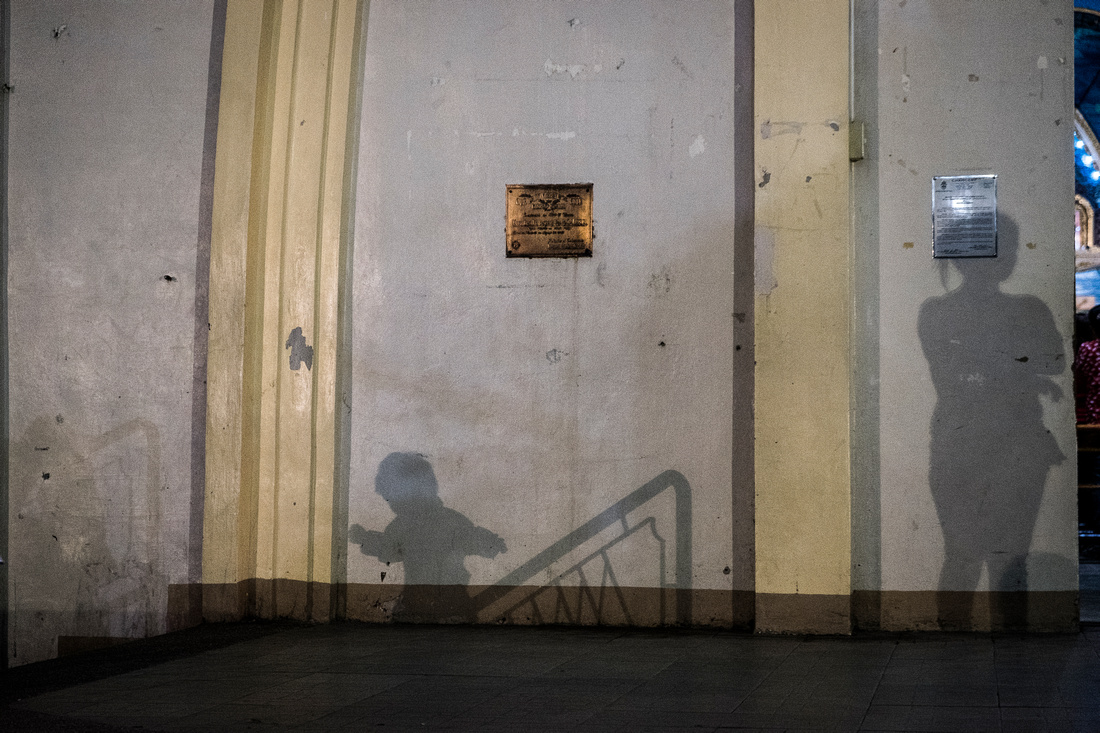

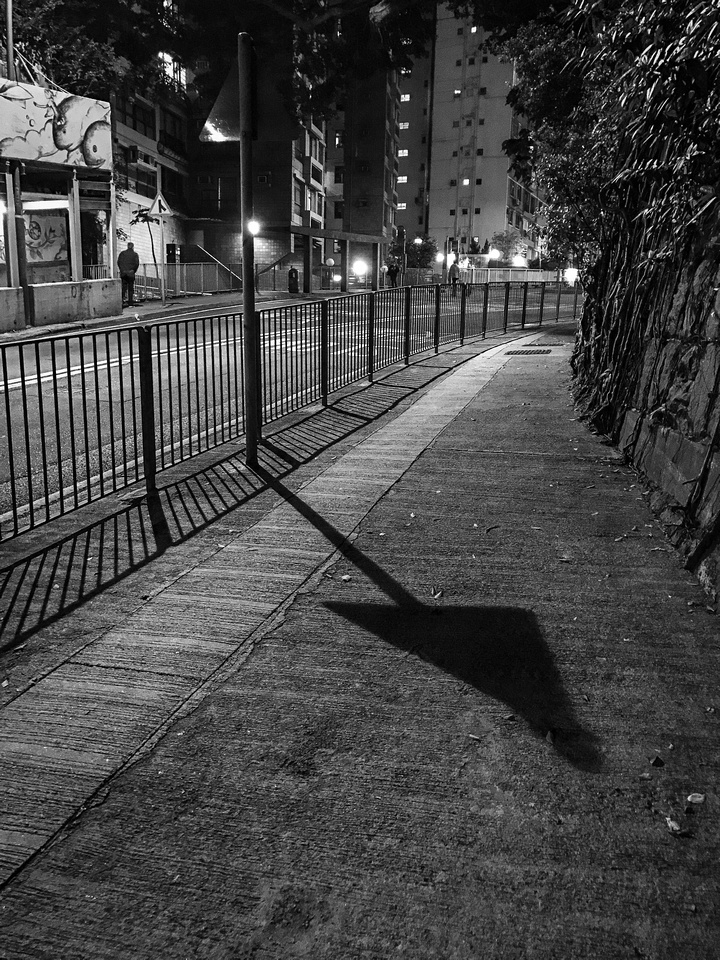

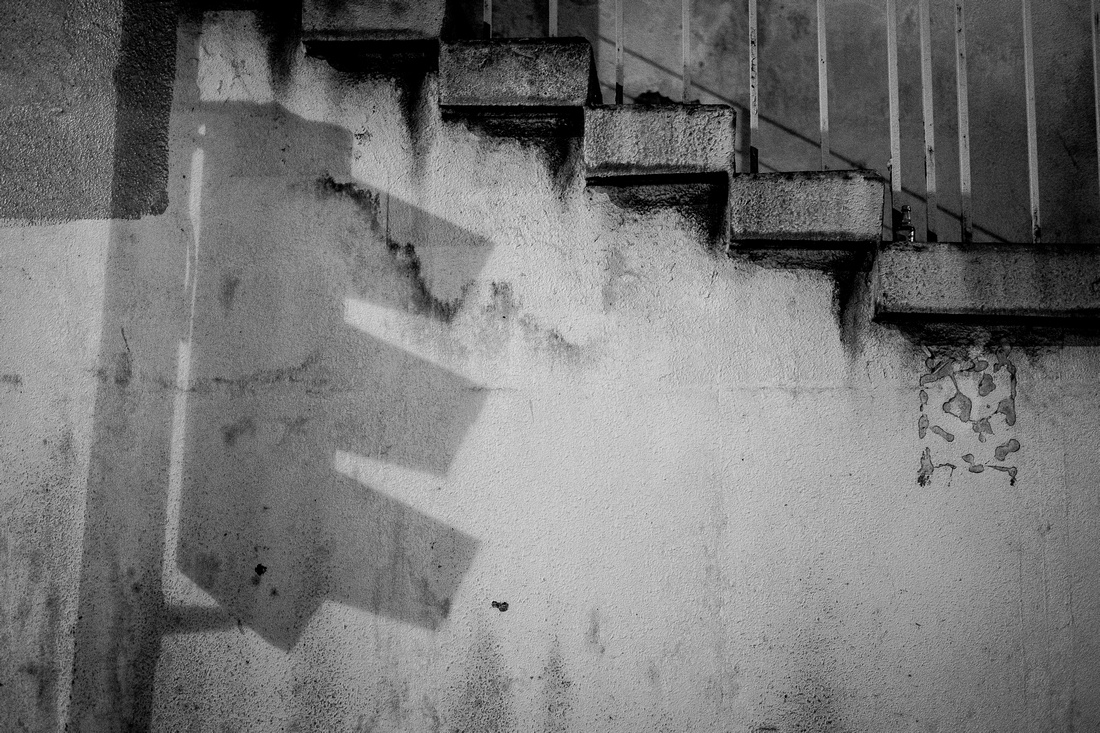

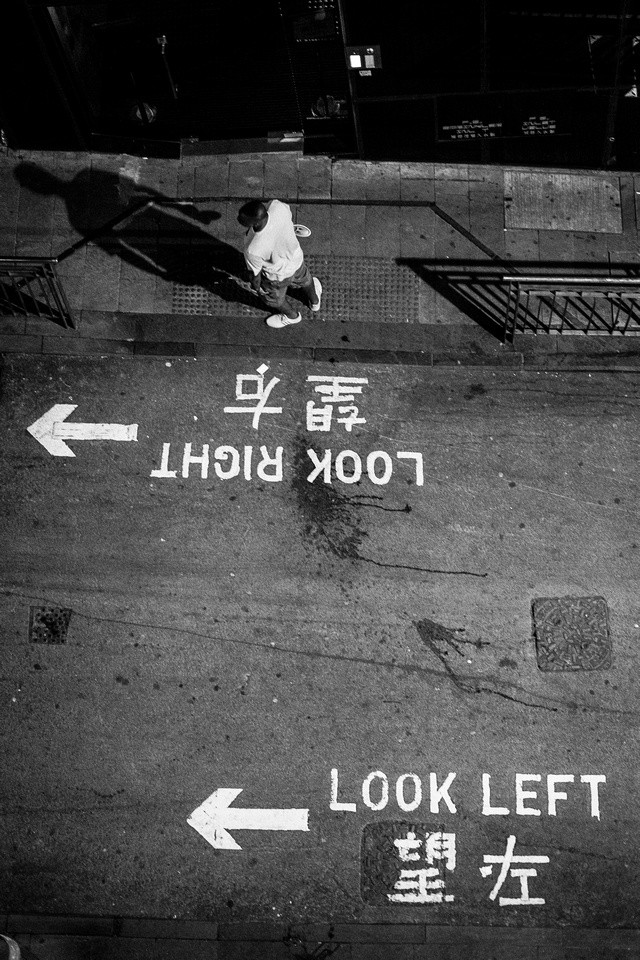



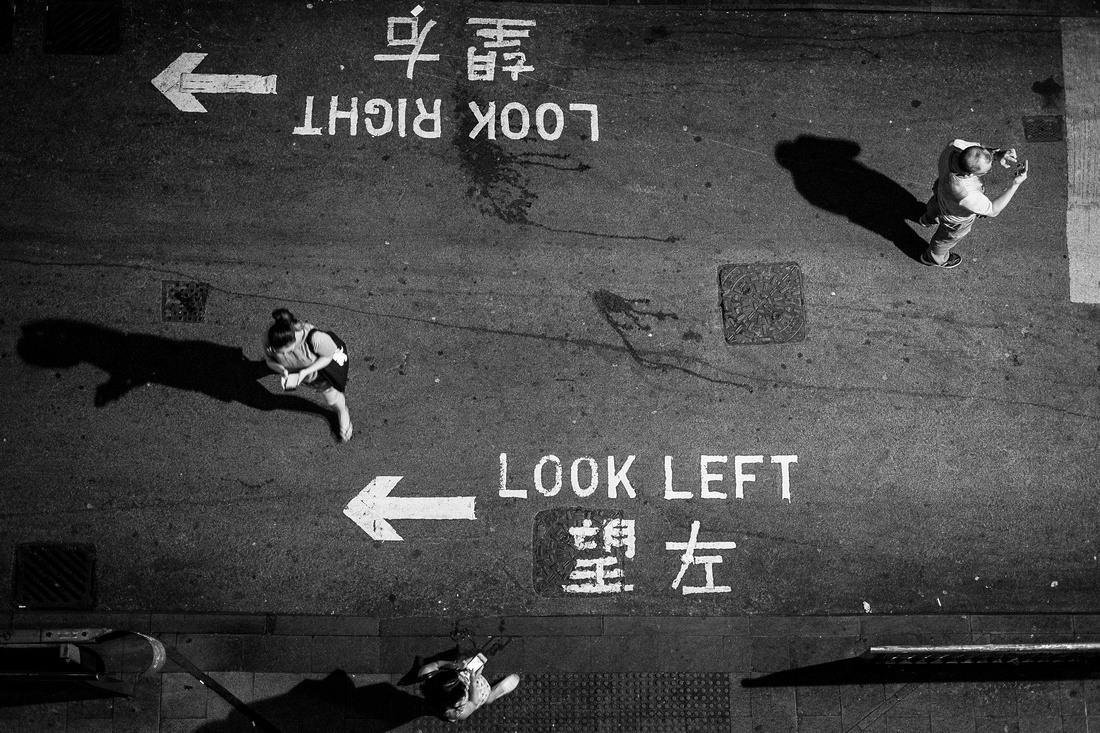

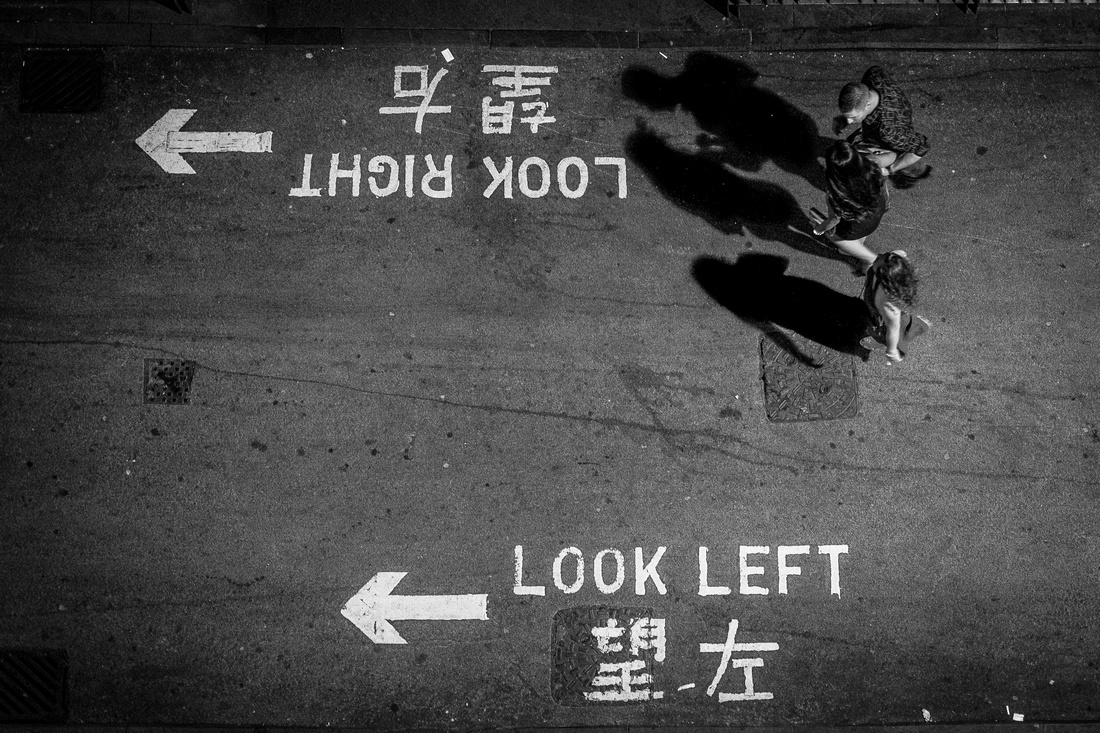



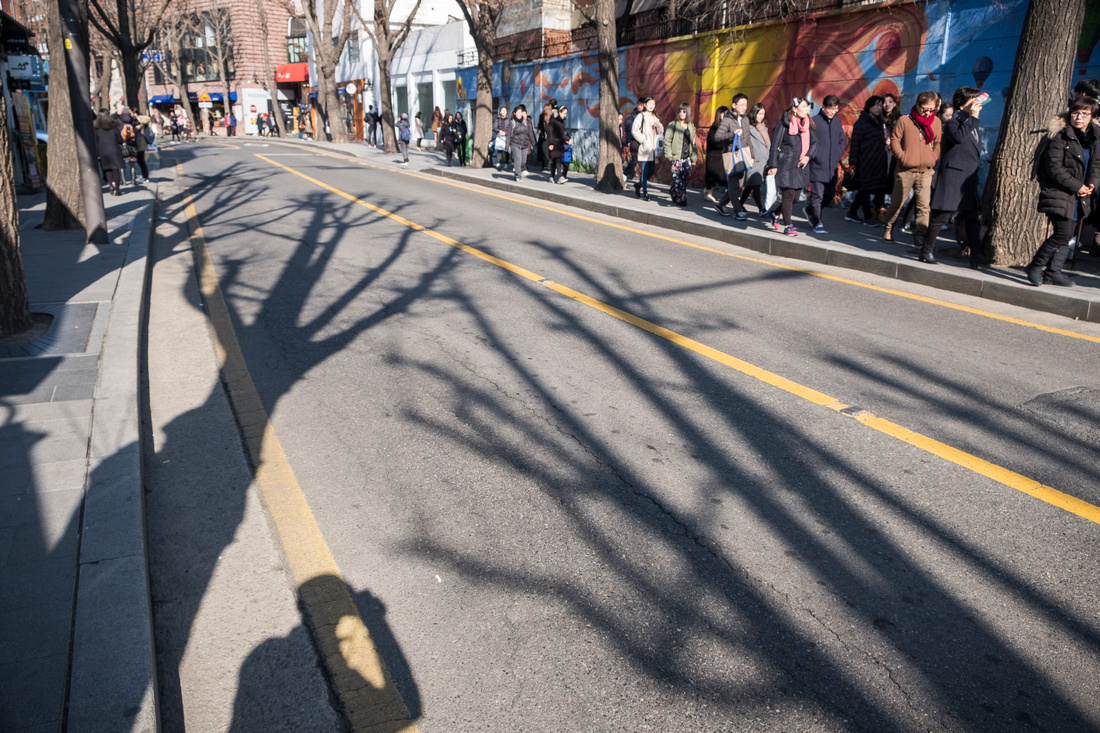



Casual Photophile Tip & Techniques No. 001 The Subject is the Subject
The Inspired Eye Photography Magazine Issue #40 (full interview)
Hong Kong Free Press: HKFP Lens
Blog #18 Criticizing Photographs or Beyond the “like”
Blog #25 Don’t Be Afraid of the Dark[room].
Blog #47 Composition, Composition, and More Composition
Blog #65 Summer is for Travel (Hanoi)
Blog #67 Risks, Rules, & Restrictions
Blog #68 Photography is a Gift
Blog #72 Living the Creative Life
Blog #90 Restrictions, Revisited
Blog #93 Photographic Technique
Blog #105 Signs, Signs, Everywhere a Sign
Blog #105 Signs, Signs, Everywhere a Sign
Blog #105 Signs, Signs, Everywhere a Sign
“Signs, signs, everywhere a sign…”
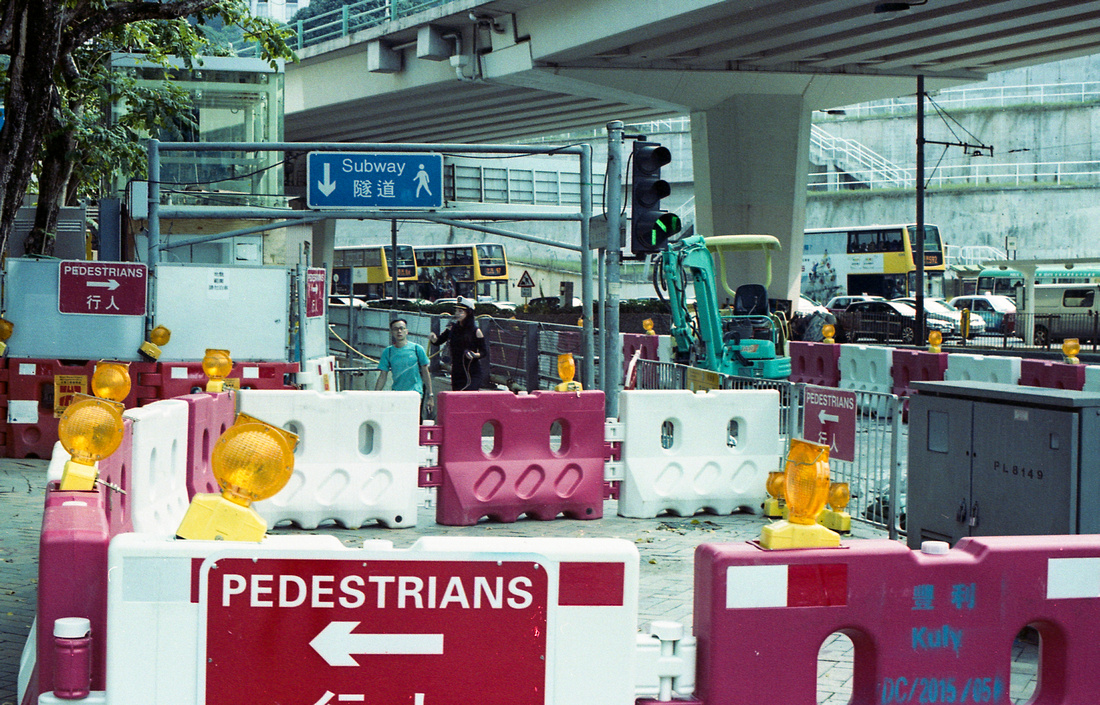

went the the song by Canadian group The Five Man Electrical Band in 1971. This song was written in the same year as my birth. Now, before you go doing the math, remember that age is just a number #tongueface.
Urban environments fascinate me. Cities are never just finished. There is constant growth, decay, re-growth, and the cycle repeats. Urban environments are constantly bristling with activity like a human sized bee hive of commotion. This is what makes cities so awesome to make pictures in. There is literally never a dull moment. Dull moments are not dull at all. The absence of activity can be as or more striking than activity in a cityscape due to its rarity.
Signs of all shapes and colours surround us. Walking down the street is like living inside of a kindergarten child’s colouring book. Many of these are brightly coloured to simultaneously grab the attention of drivers and warn them of what's ahead. Form follows function in a simple but elegant construction that functions as communication.
I am a bit of a hoarder, photographically speaking. I collect images that I place in series. These are studies on a theme or subject that I enjoy collecting and collating from time to time. I have about a dozen of these. Birds, shadows, signs, architecture, taxis, and other common objects that you find in and around cities are the subject of my series. Trying to vary the images while staying with one subject can become an exercise in creativity. I will present some of these sets in subsequent blogs.
Here, I will share some images of ordinary road signs. You know the great old master William Eggleston? Well, he had one of the first and most significant photography shows in colour at the MOMA. This dude lived in a pretty simple and boring place called Memphis, Tennessee. However, through Eggleston’s lens, Memphis was anything but boring. He made simple and gorgeous images focusing on common objects, using line, form, and colour in a truly masterful way. He was so influential that is could be said that he launched colour film into the mainstream art community who, prior to his show, mostly rejected colour altogether.
I’m no Eggleston, but I do enjoy the challenge of finding shapes and colours to work with in a cityscape environment. Street signs offer themselves as a great subject in which to work with. Construction sites are especially dense and rich with signs and colours. Geometry shapes and color, what's not to love! It's like living inside of a box of Lucky Charms Cereal.
If you’ve been shooting for a while, you might find that you gravitate towards dogs, or buildings, or reflections, or whatever. Work these subjects and work them long and hard. You might find a new angle, perspective, or point of view [POV] after a while. Work the scene, or work the series. Either way, something wonderful just might be in that next frame.
The light is always right.
jhg
*Images: © Jeremy H. Greenberg
Where: Hong Kong
Subject: Signs Series, Streets of Hong Kong
Gear: Nikon F100 SLR, Minolta CLE + Leica 28mm lens, Kodak Ektar 100 35mm Color Film, Kodak Portra 400 35mm Color Film, Cinestill 800T 35mm Color Film
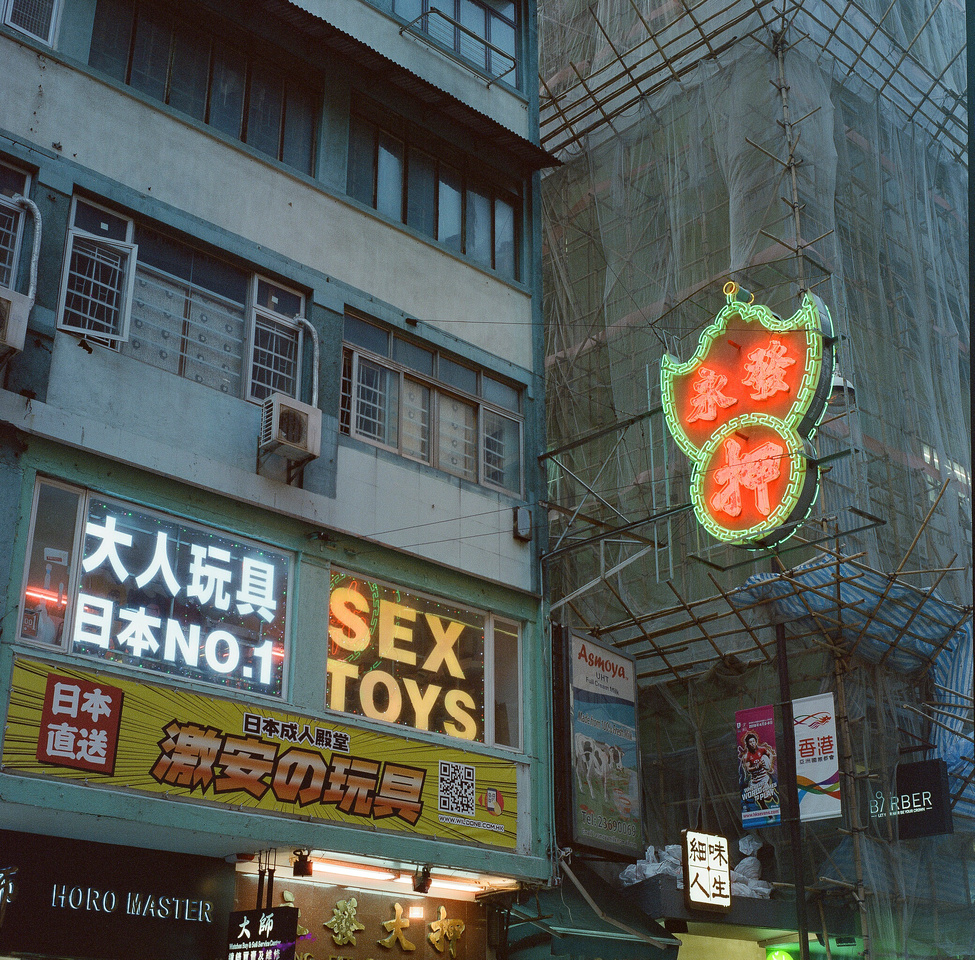



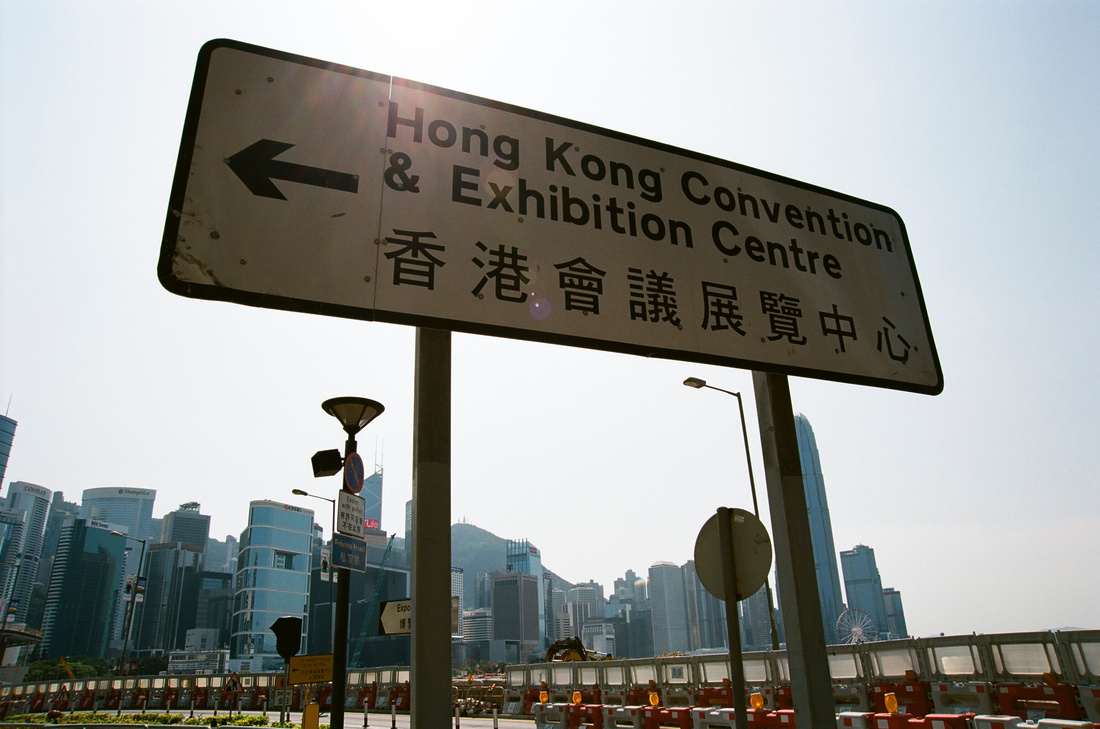

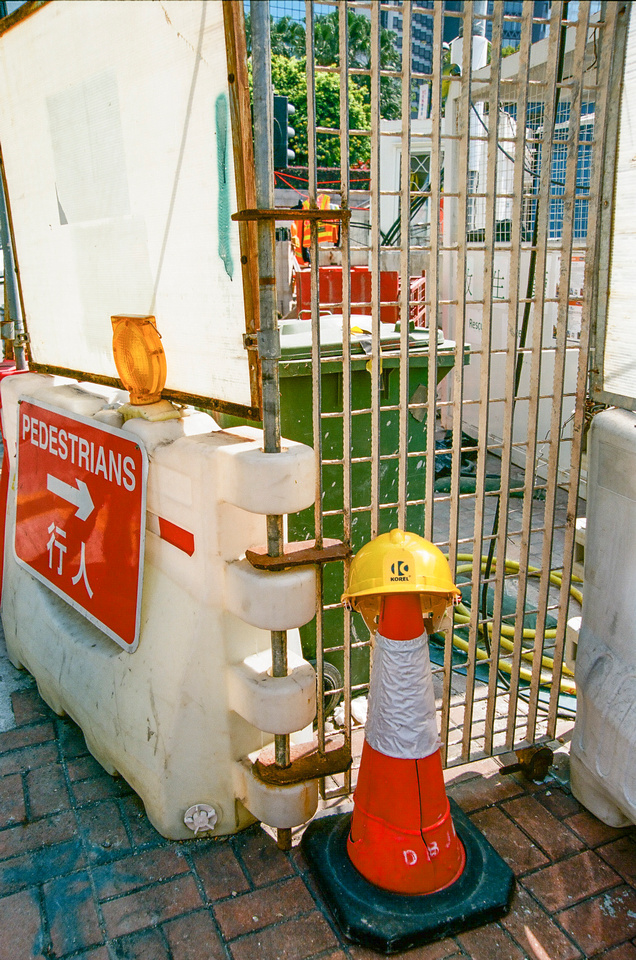

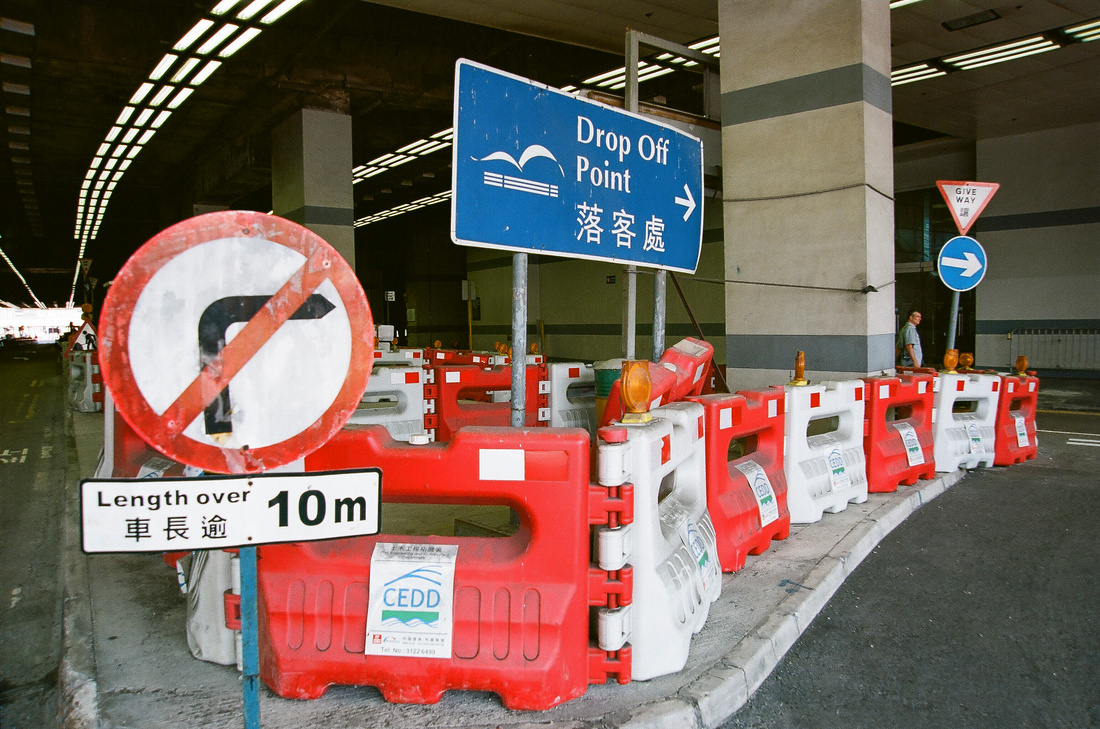



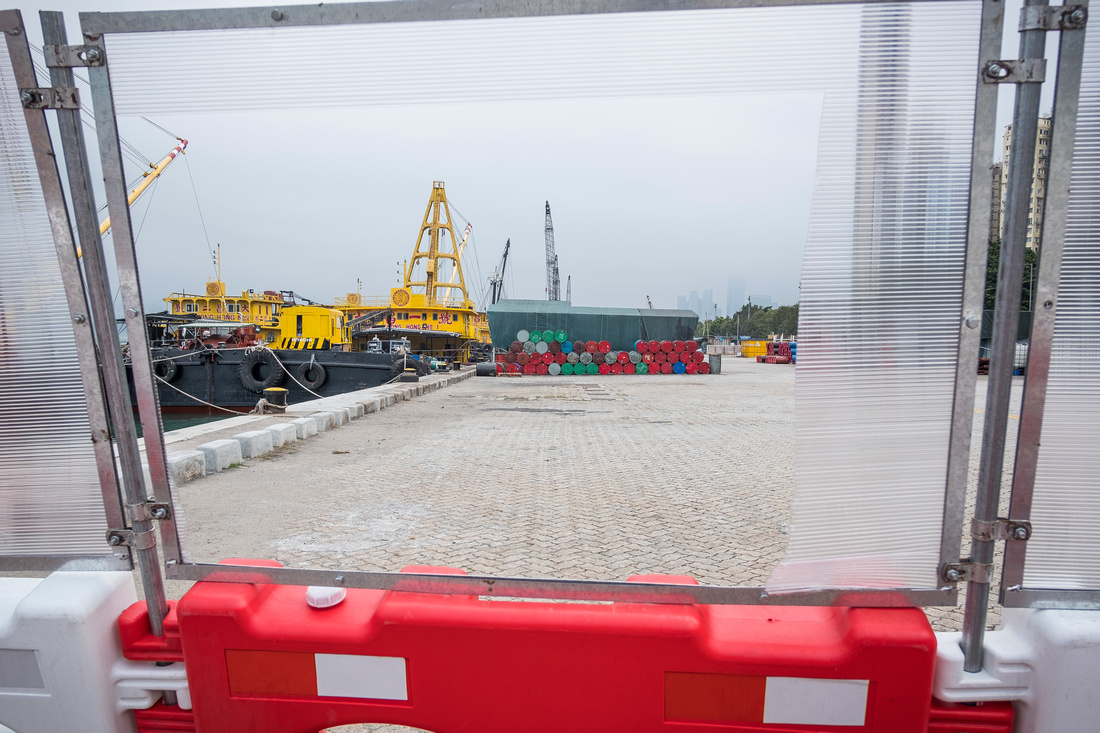

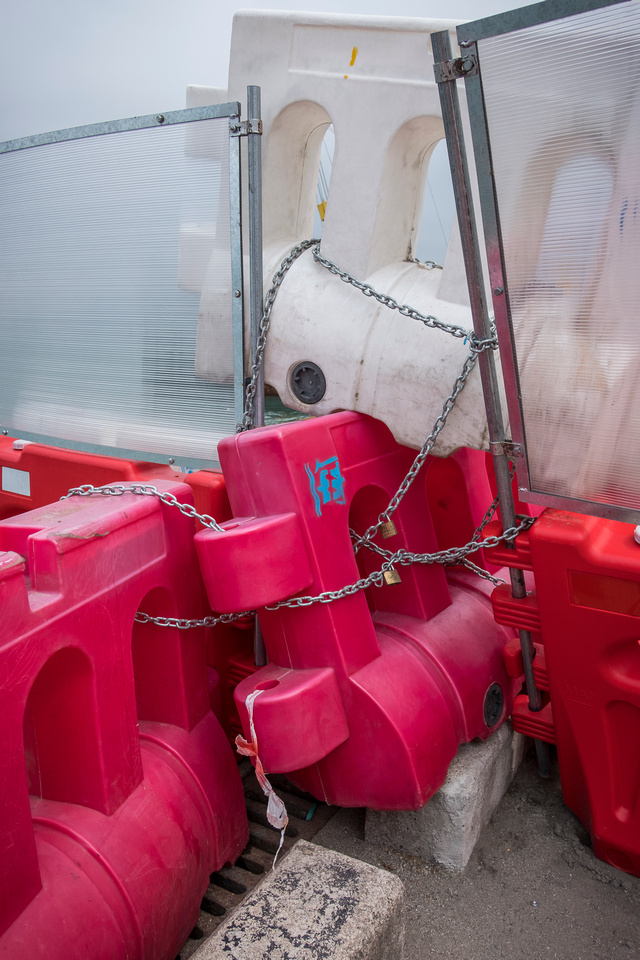

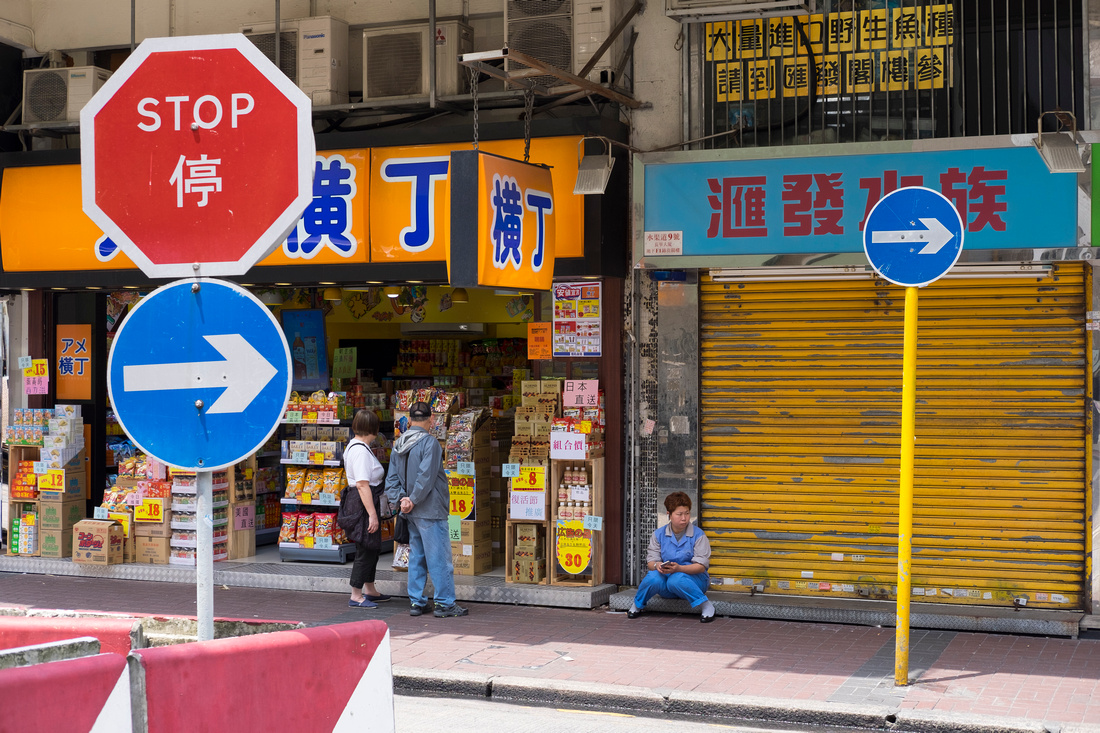

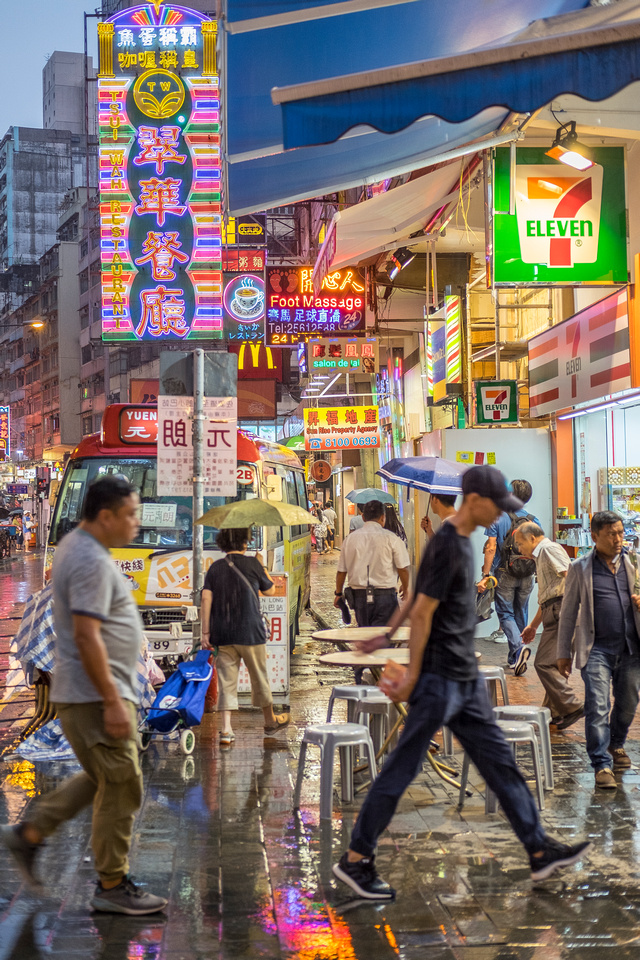

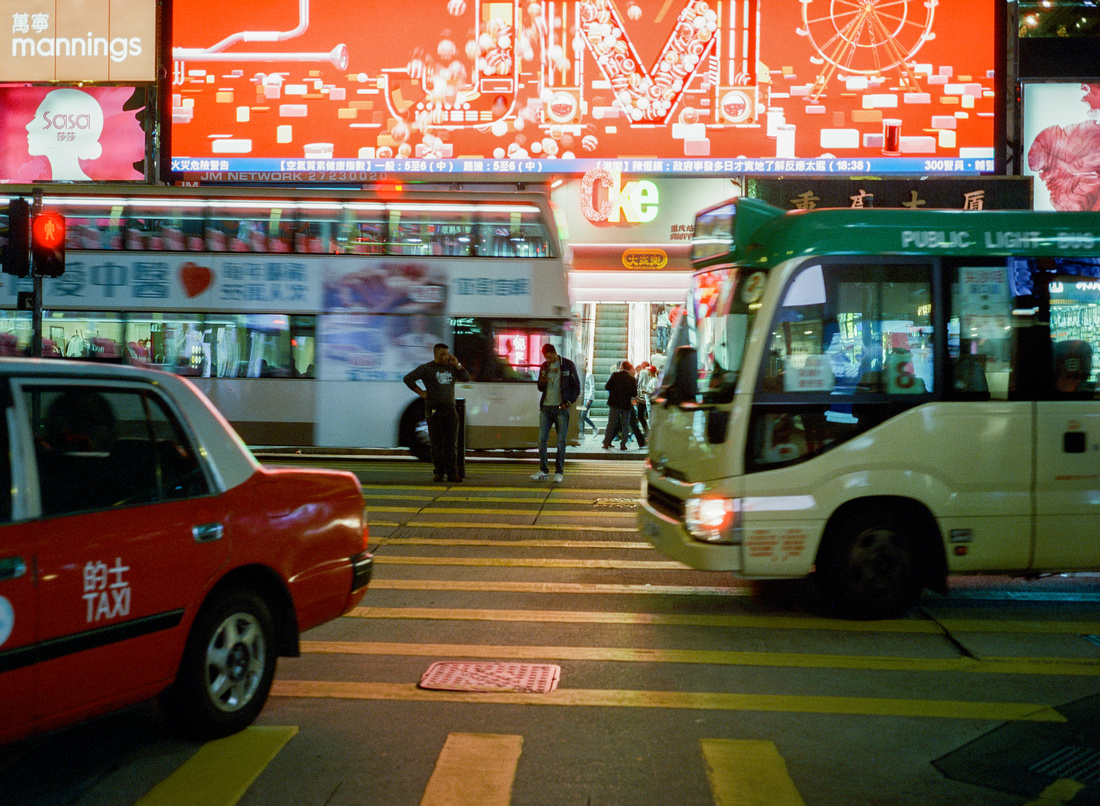

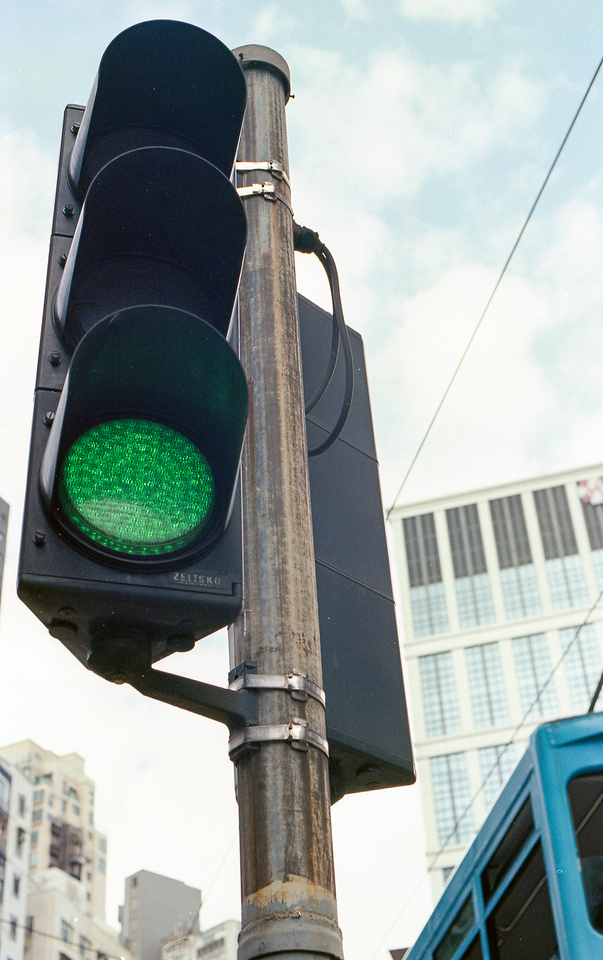



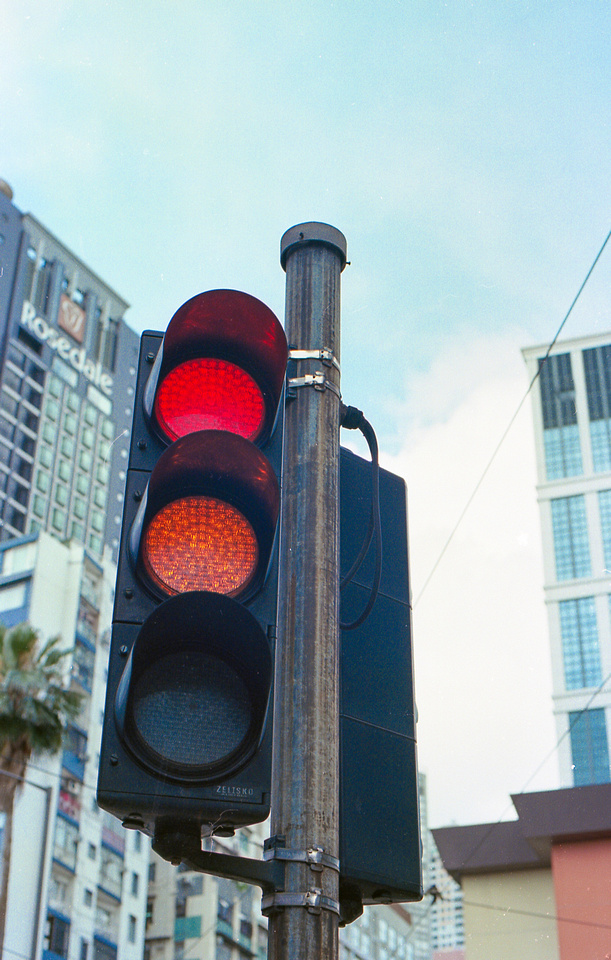

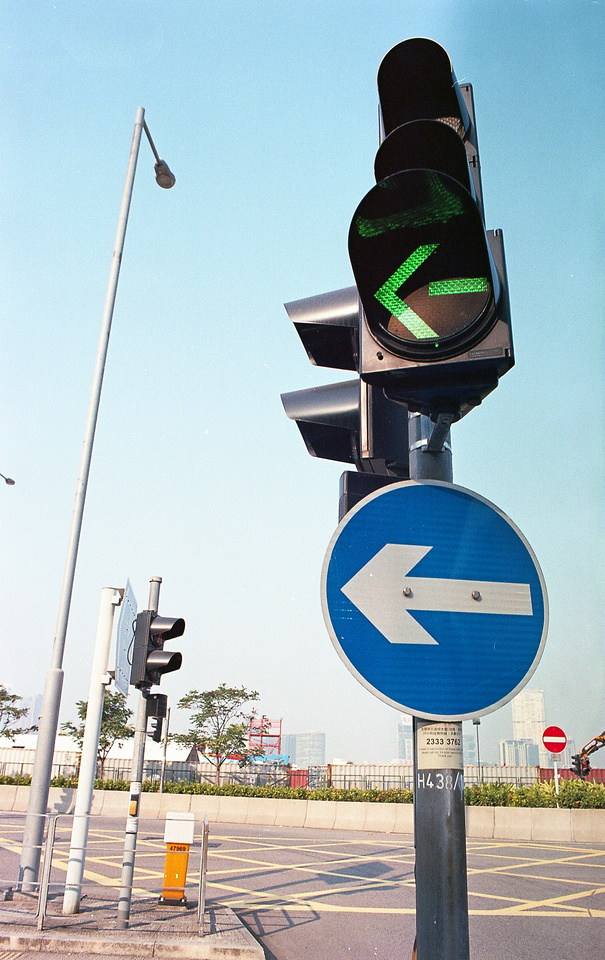

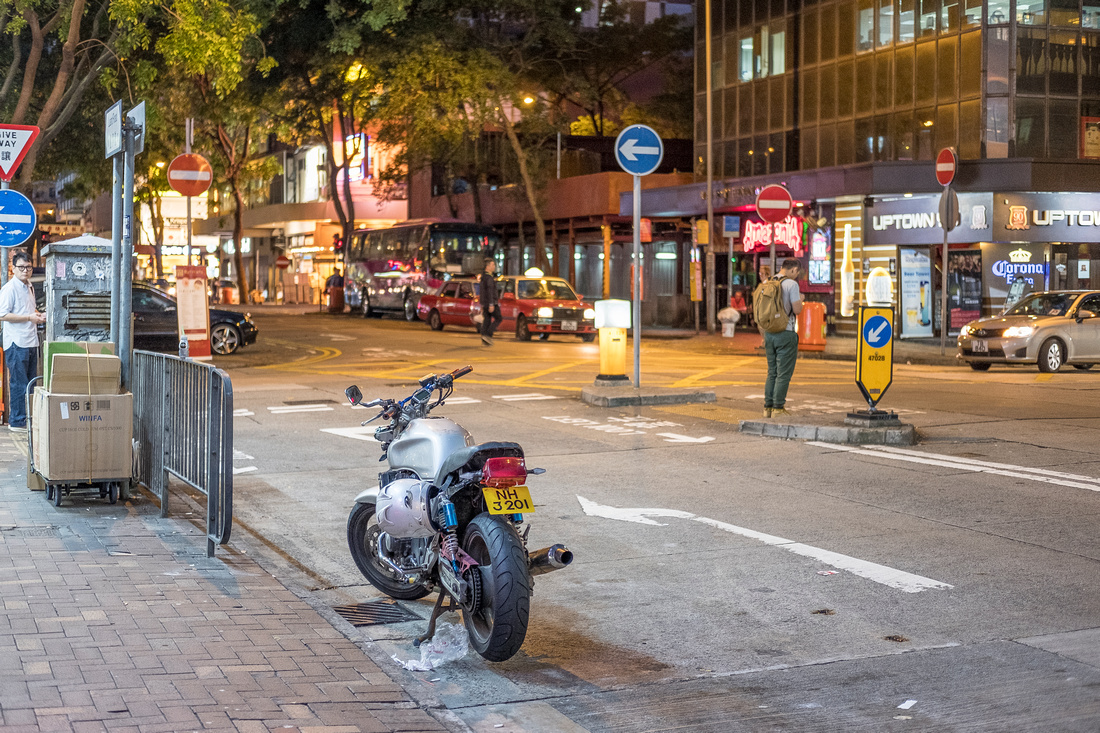

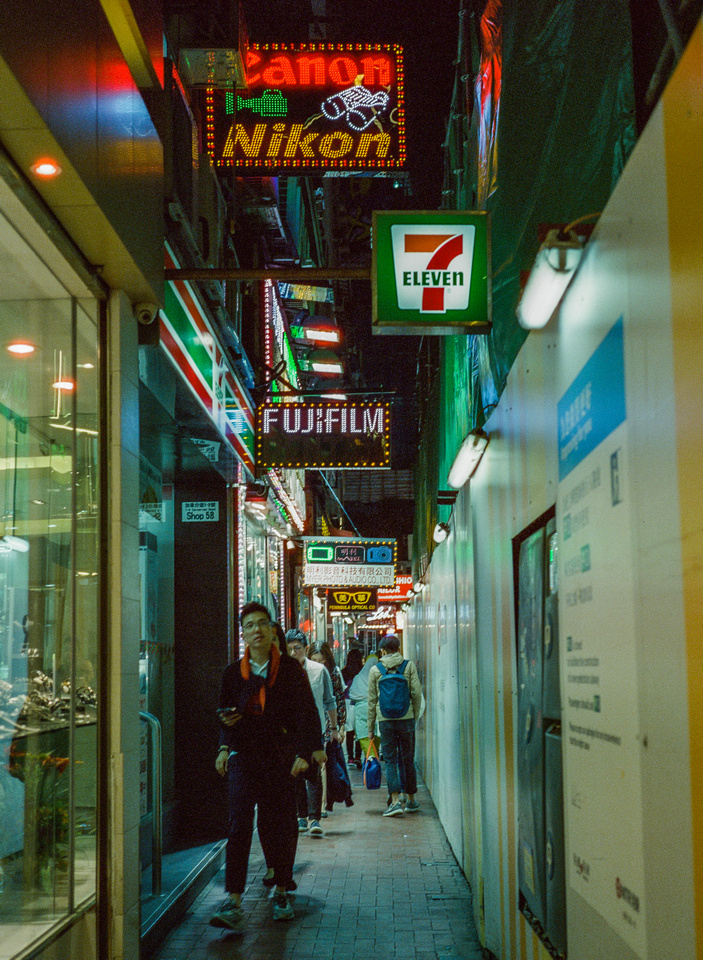

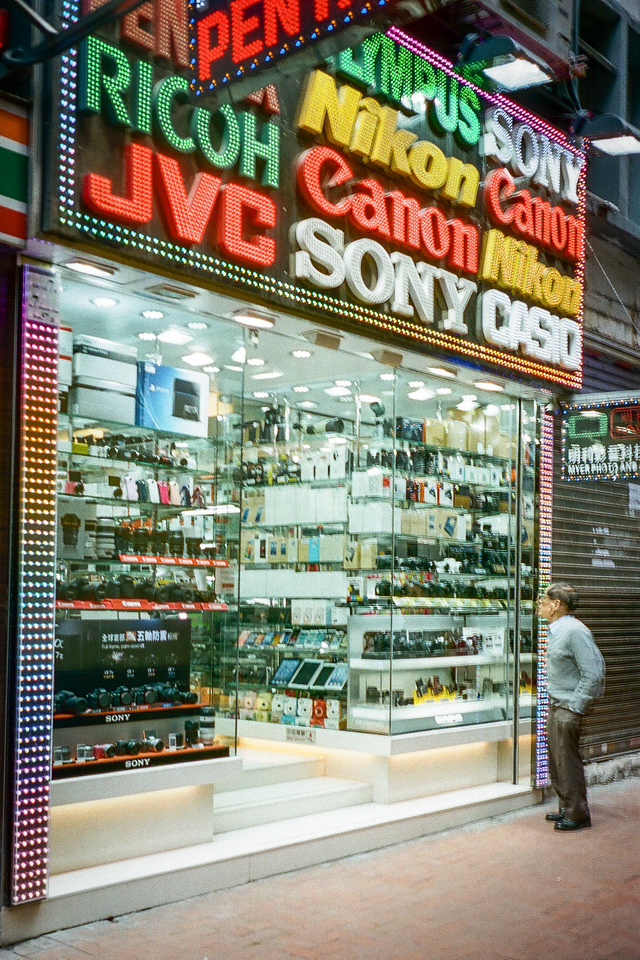

Casual Photophile Tip & Techniques No. 001 The Subject is the Subject
The Inspired Eye Photography Magazine Issue #40 (full interview)
Hong Kong Free Press: HKFP Lens
Blog #18 Criticizing Photographs or Beyond the “like”
Blog #25 Don’t Be Afraid of the Dark[room].
Blog #47 Composition, Composition, and More Composition
Blog #65 Summer is for Travel (Hanoi)
Blog #67 Risks, Rules, & Restrictions
Blog #68 Photography is a Gift
Blog #72 Living the Creative Life
Blog #90 Restrictions, Revisited
Blog #93 Photographic Technique
Blog #104 Night Vision (at 3200 ISO)
Blog #104 Night Vision (at 3200 ISO)
When the sun hangs low and the golden hour has passed, you have about one more hour know as the blue hour before the day is gone. The night provides some challenging but also great opportunities to make images of a different type. It should be obvious that technical settings must change to be able to accommodate the lack of available light. Digital and film photography have slightly different requirements for shooting at night. I will review these briefly here below.


Exposure is the combination of three variables; ISO, shutter speed, and aperture. Most digital cameras have manual controls for each of these. Digital camera settings have adjustable ISO [sensor sensitivity] settings that you can crank up to 1600, 3200, 6400, or even higher and still produce usable images. Using fast lenses and shooting wide open [low aperture] will facilitate night time shooting as well. Given that we are limited [mostly] to making hand-held images with a 1/60 second or faster we can set the minimum shutter speed to this setting, shoot in aperture priory and let the camera decide what the lowest ISO can be for a given shot. This will work most of the time if you can tolerate some digital noise in your images. A flash used at night will provide obvious advantages but even flashes are limited in their reach and cannot be used in all situations. Most people find them annoying, so use flashes at night sparingly especially when in public places.
Shooting film at night presents its own challenges. Film is produced with a specific ISO sensitivity. Once the film is loaded, you can push the film to a higher than rated ISO but there are limitations to this process and for every stop pushed you will introduce additional grain, degrading the final image quality. Unless you’re trying to emulate the Provoke style from Japan, image quality is something that you are likely trying to preserve.
The shutter speed and aperture factors are similar between digital and film. Film will have less dynamic range and will not respond quite as well to pushing as your digital camera will by adjusting the ISO dial to a higher number. Still, film has a certain quality and atmosphere that can be very appealing, even at night.
Testing this process will teach you what you can do with film at night and learning how to control the light in low or challenging conditions is a valuable skill for all photographers. I recently stuffed a couple of rolls of Ilford Delta 3200 35mm black and white film in the back of my Nikon FE2 and headed out into the night. The film can work well in lower light conditions but falls off pretty quickly in very low light conditions. The exercise was interesting and I would encourage any photographer to experiment with this process.
The light is always right, even at night.
jhg
*Images: © Jeremy H. Greenberg March 2018
Developed at home with Bergger Berspeed Developer & scanned on Epson Perfection V600 Photo
Where: Hong Kong
Subject: Street Photography at Night
Gear: Nikon FE2 + 28mm f/2.0 lens + Ilford Delta 3200 35mm black and white film
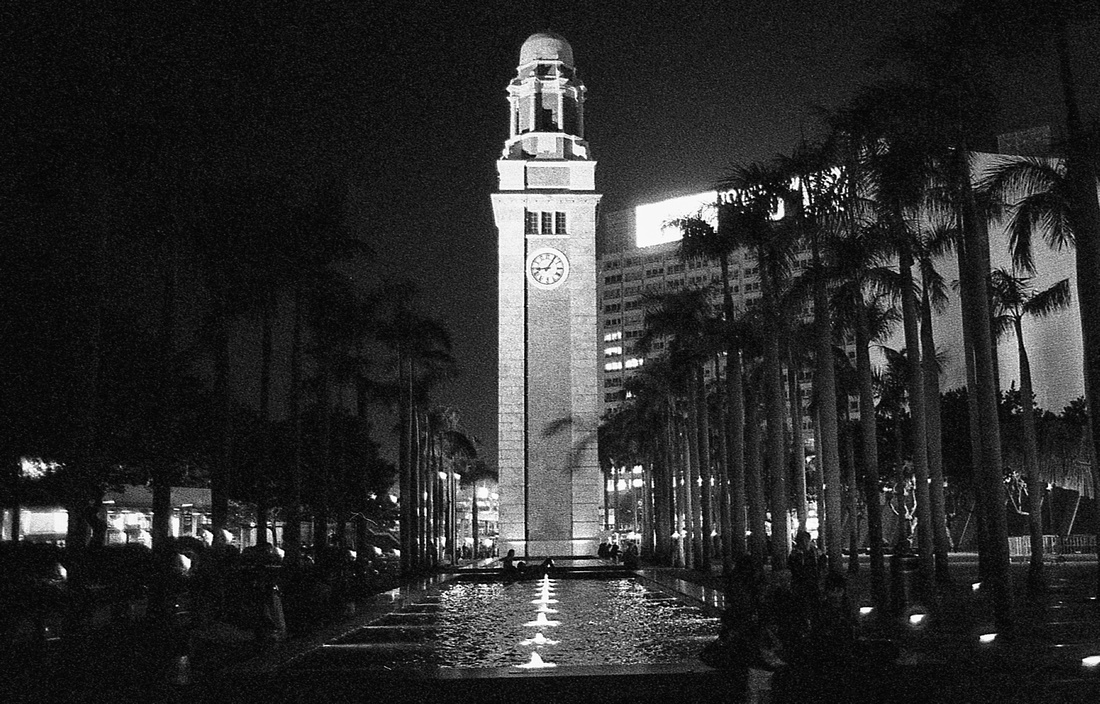





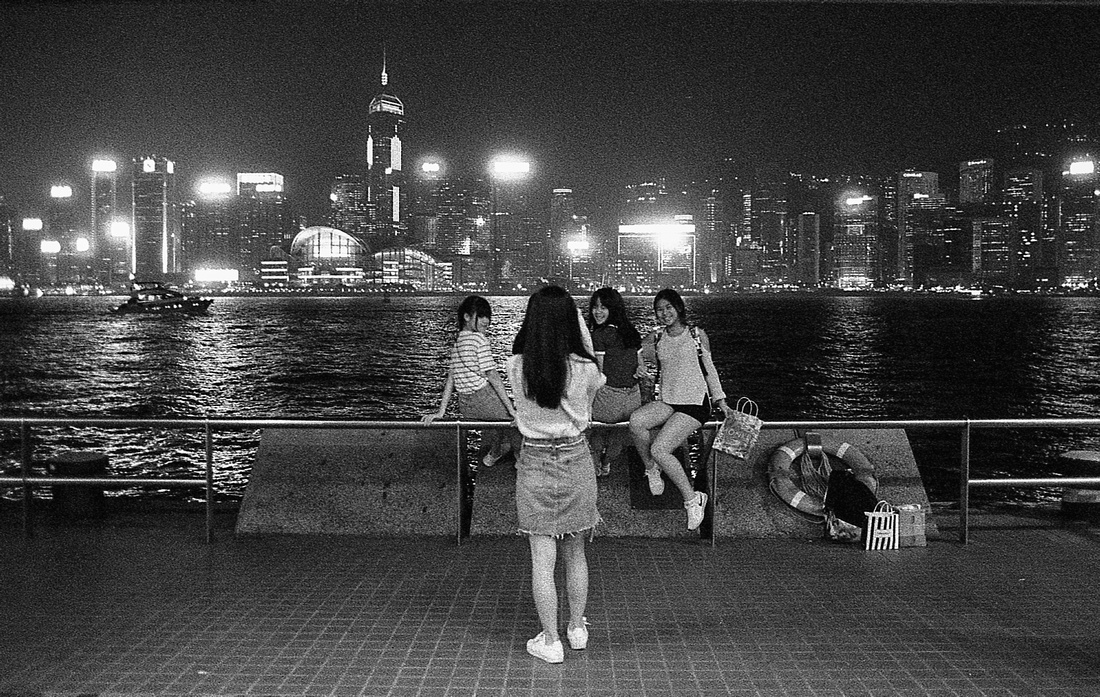

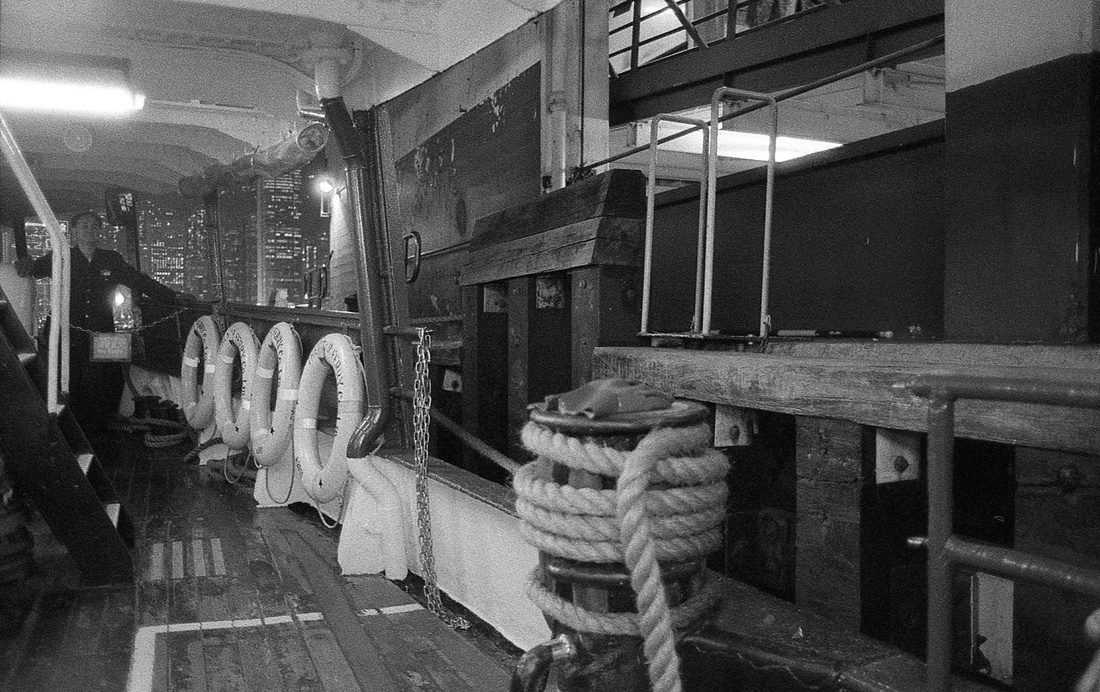

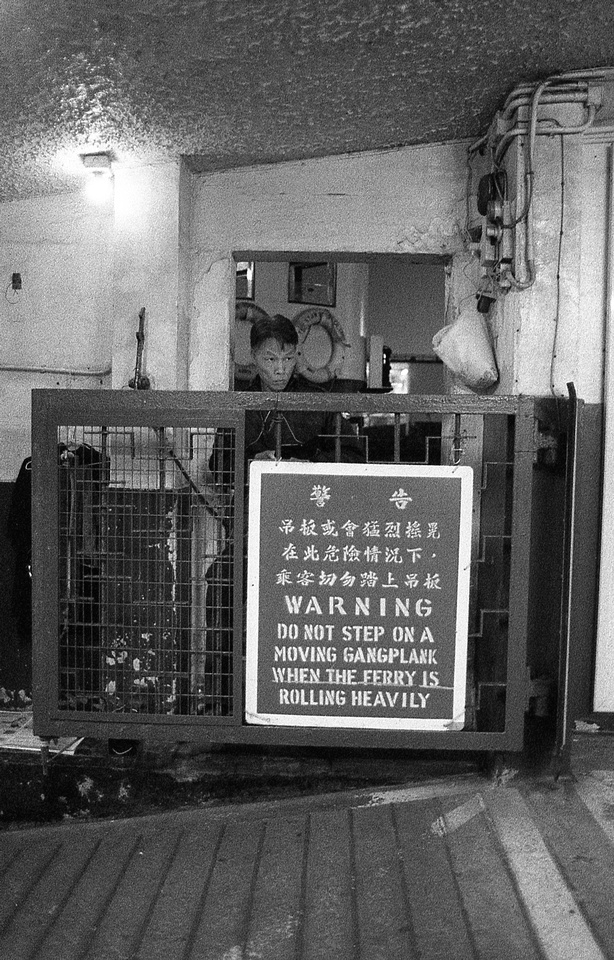

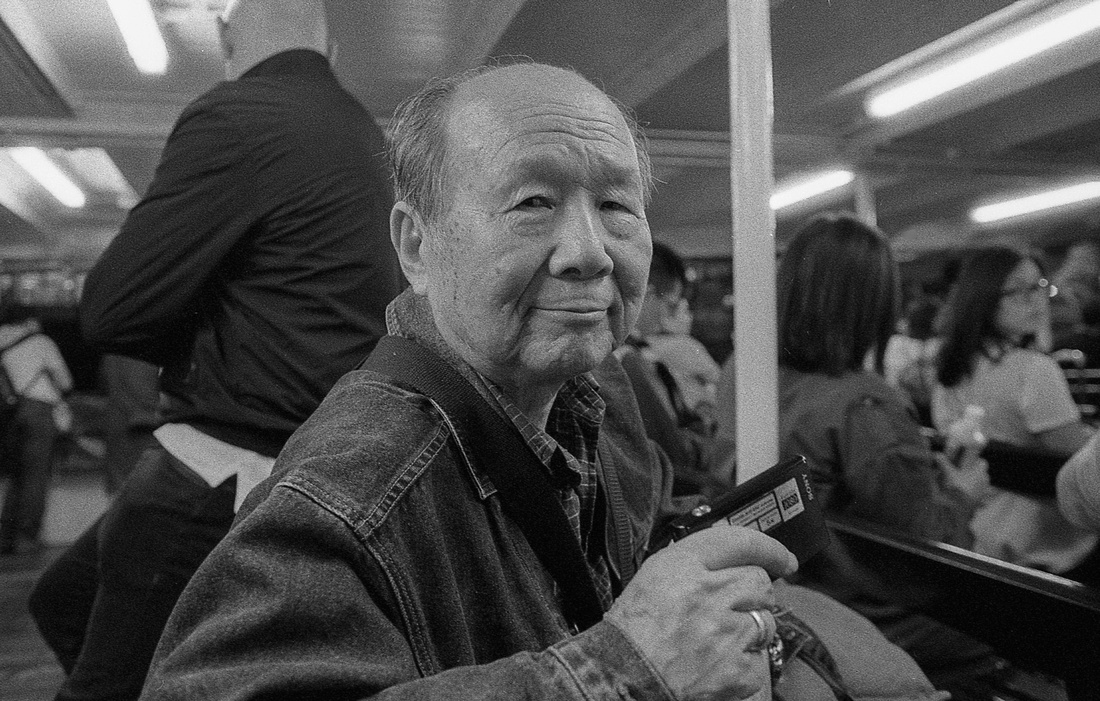

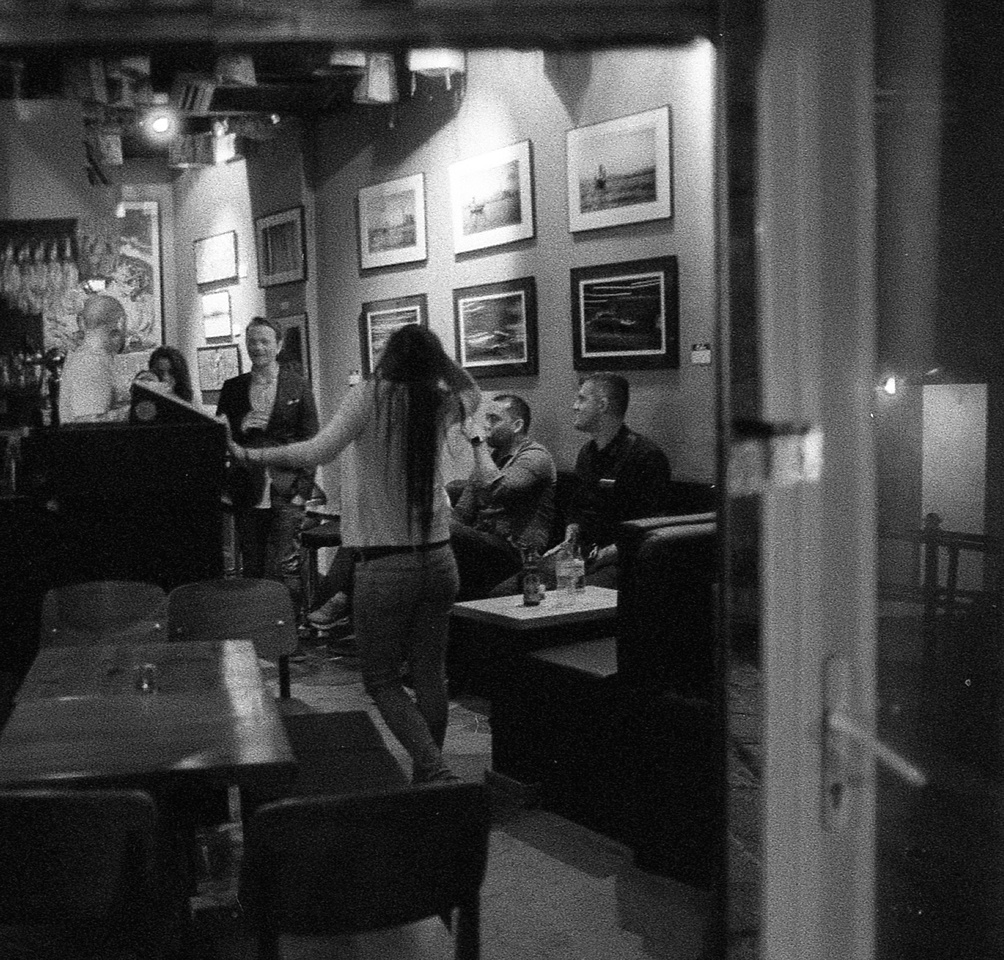

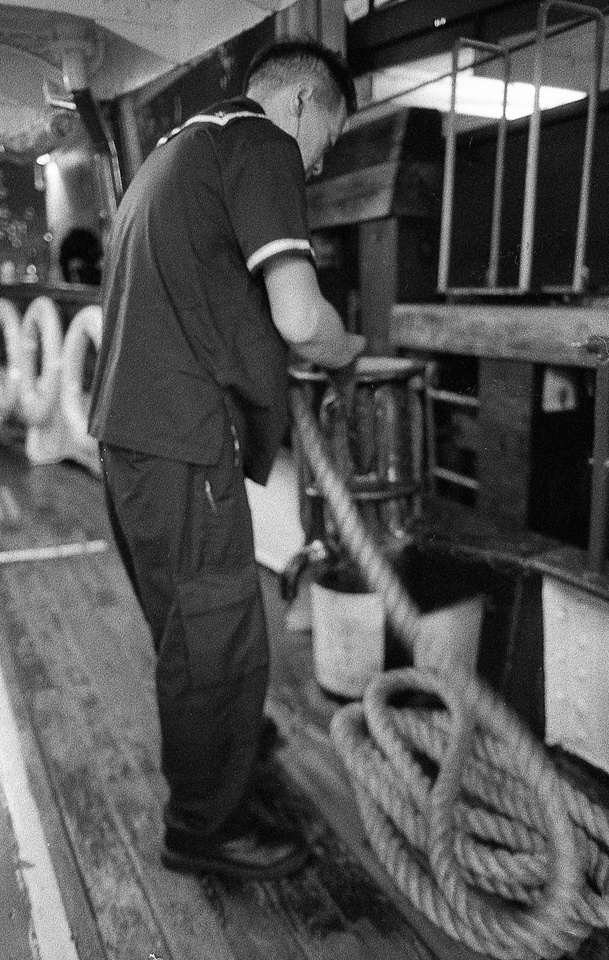

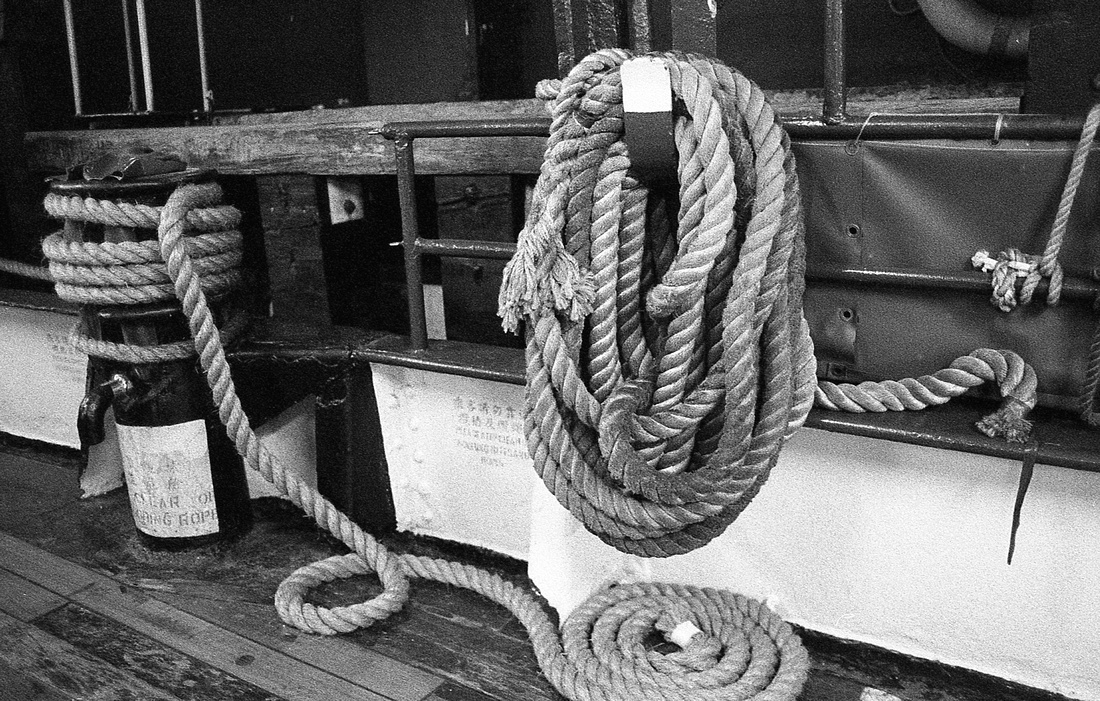

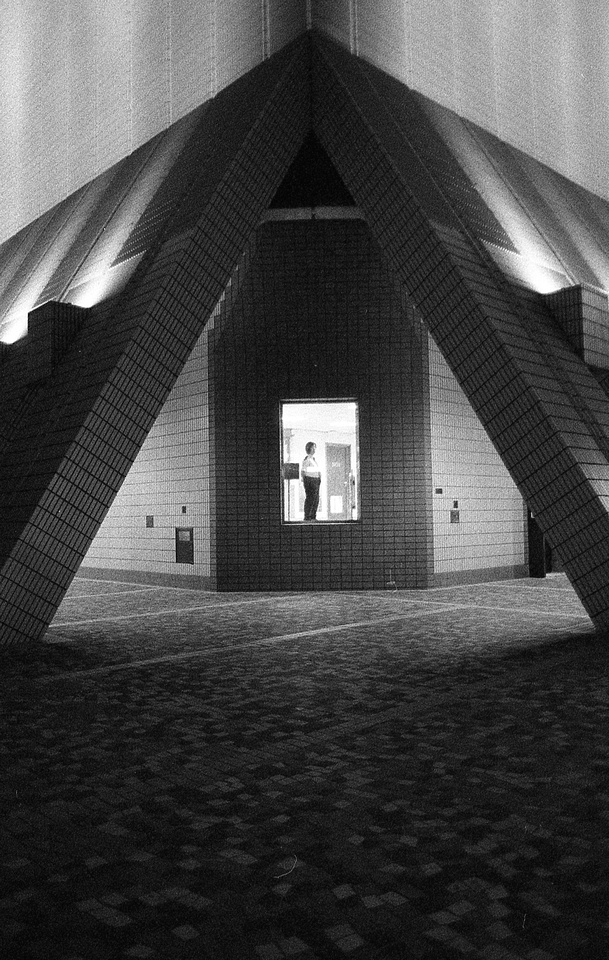

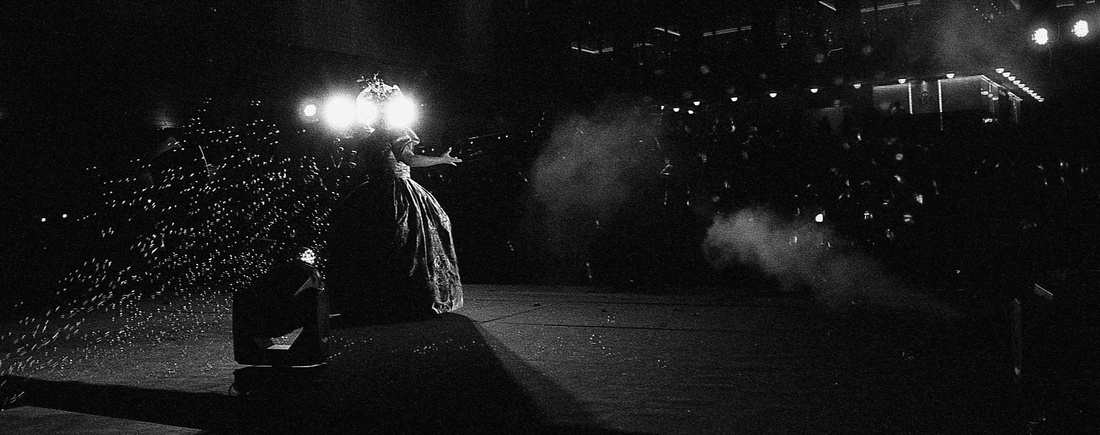

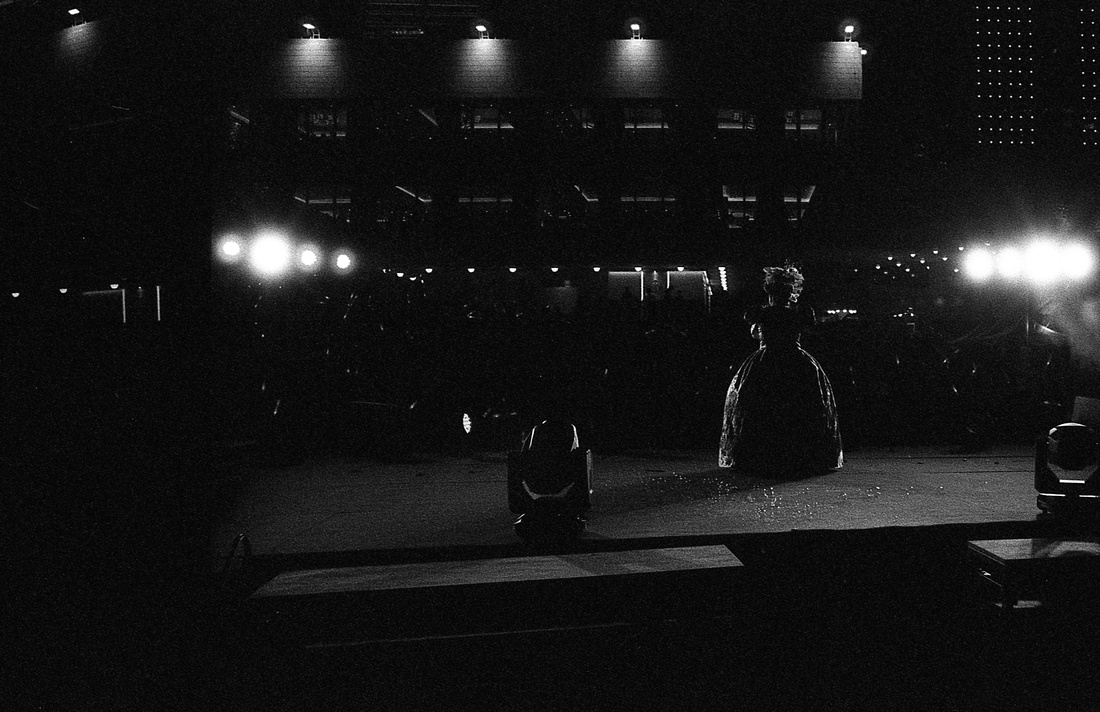

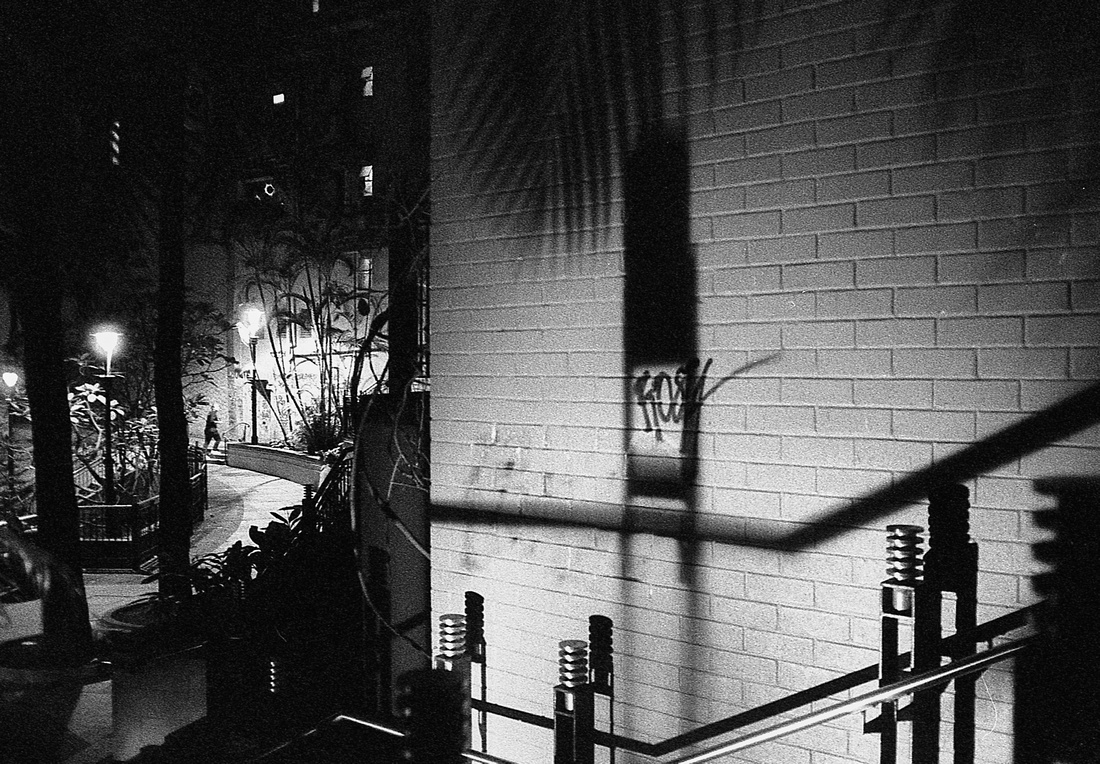

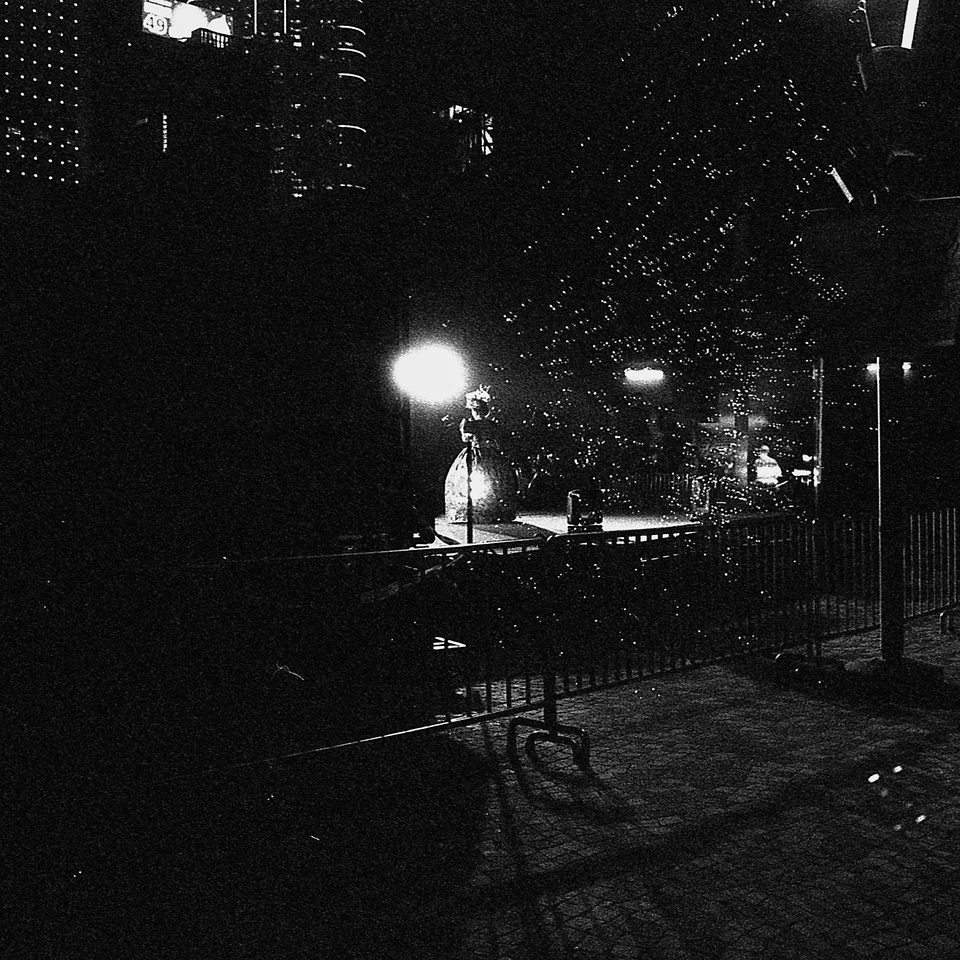

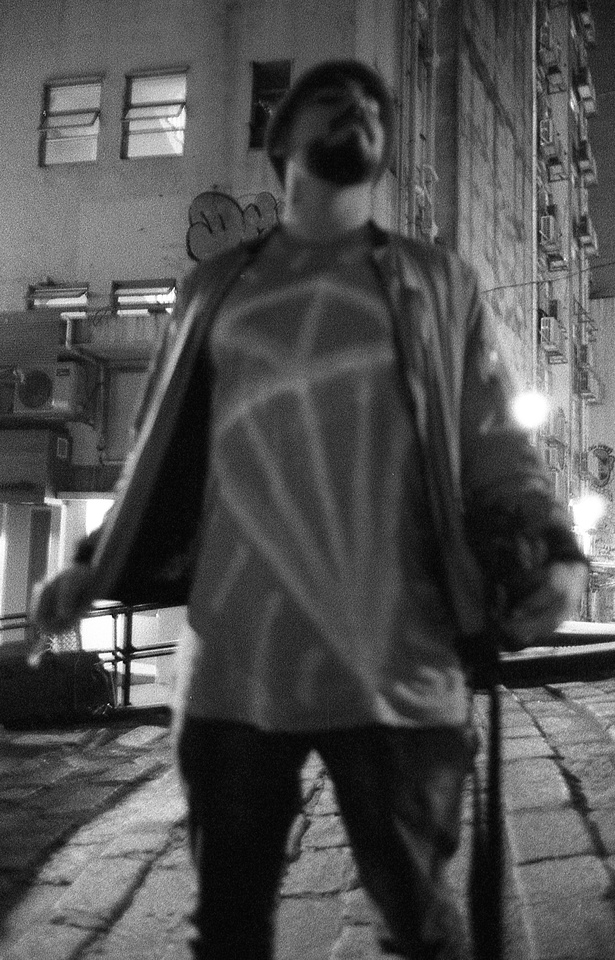

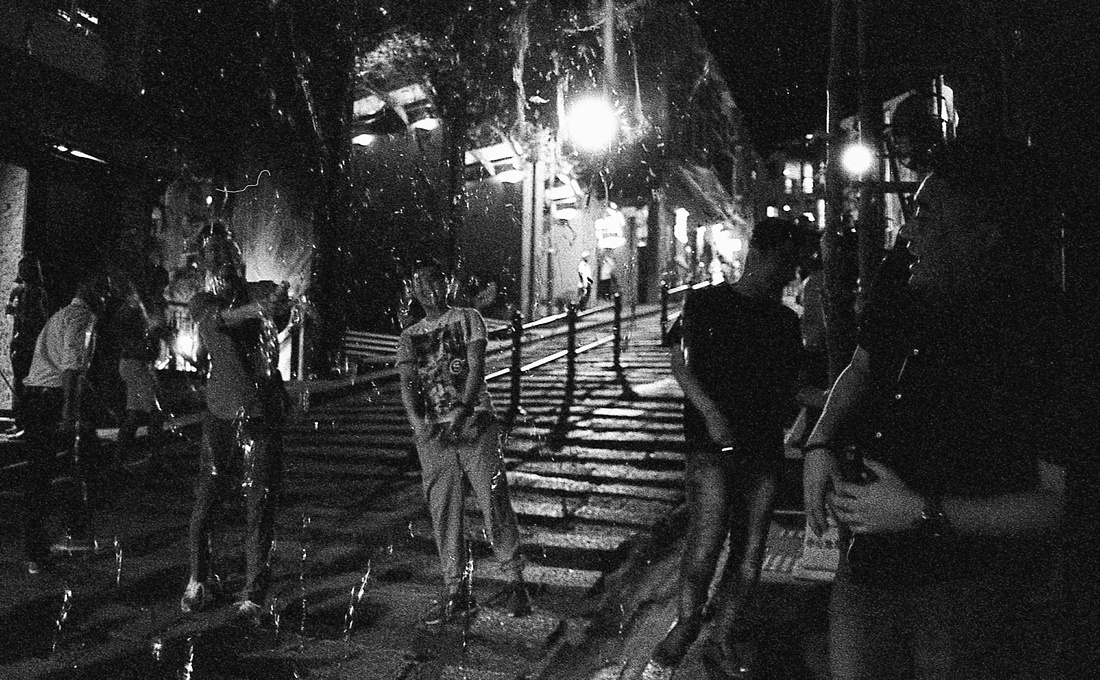

Casual Photophile Tip & Techniques No. 001 The Subject is the Subject
The Inspired Eye Photography Magazine Issue #40 (full interview)
Hong Kong Free Press: HKFP Lens
Blog #18 Criticizing Photographs or Beyond the “like”
Blog #25 Don’t Be Afraid of the Dark[room].
Blog #47 Composition, Composition, and More Composition
Blog #65 Summer is for Travel (Hanoi)
Blog #67 Risks, Rules, & Restrictions
Blog #68 Photography is a Gift
Blog #72 Living the Creative Life
Blog #90 Restrictions, Revisited
Blog #93 Photographic Technique